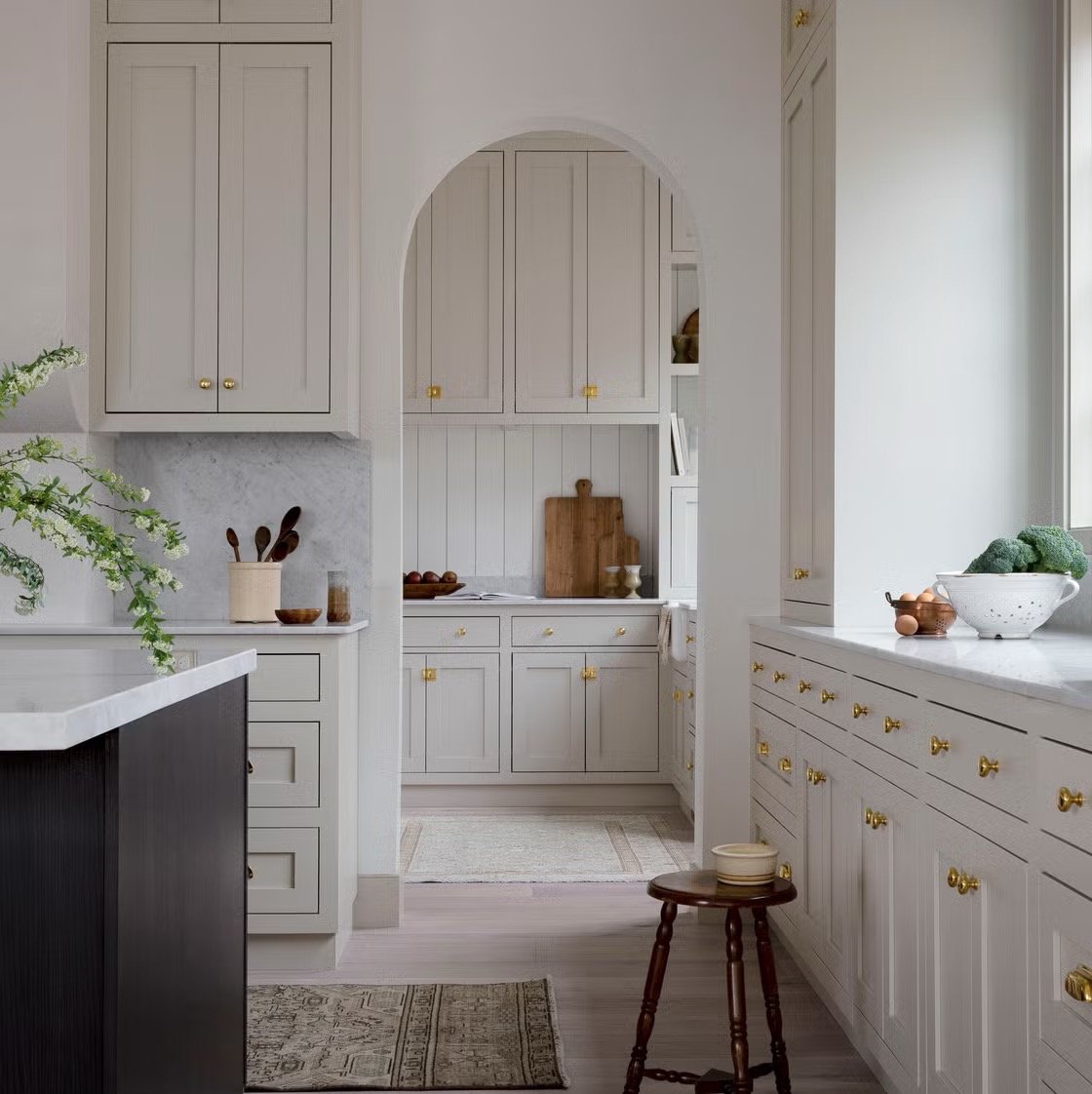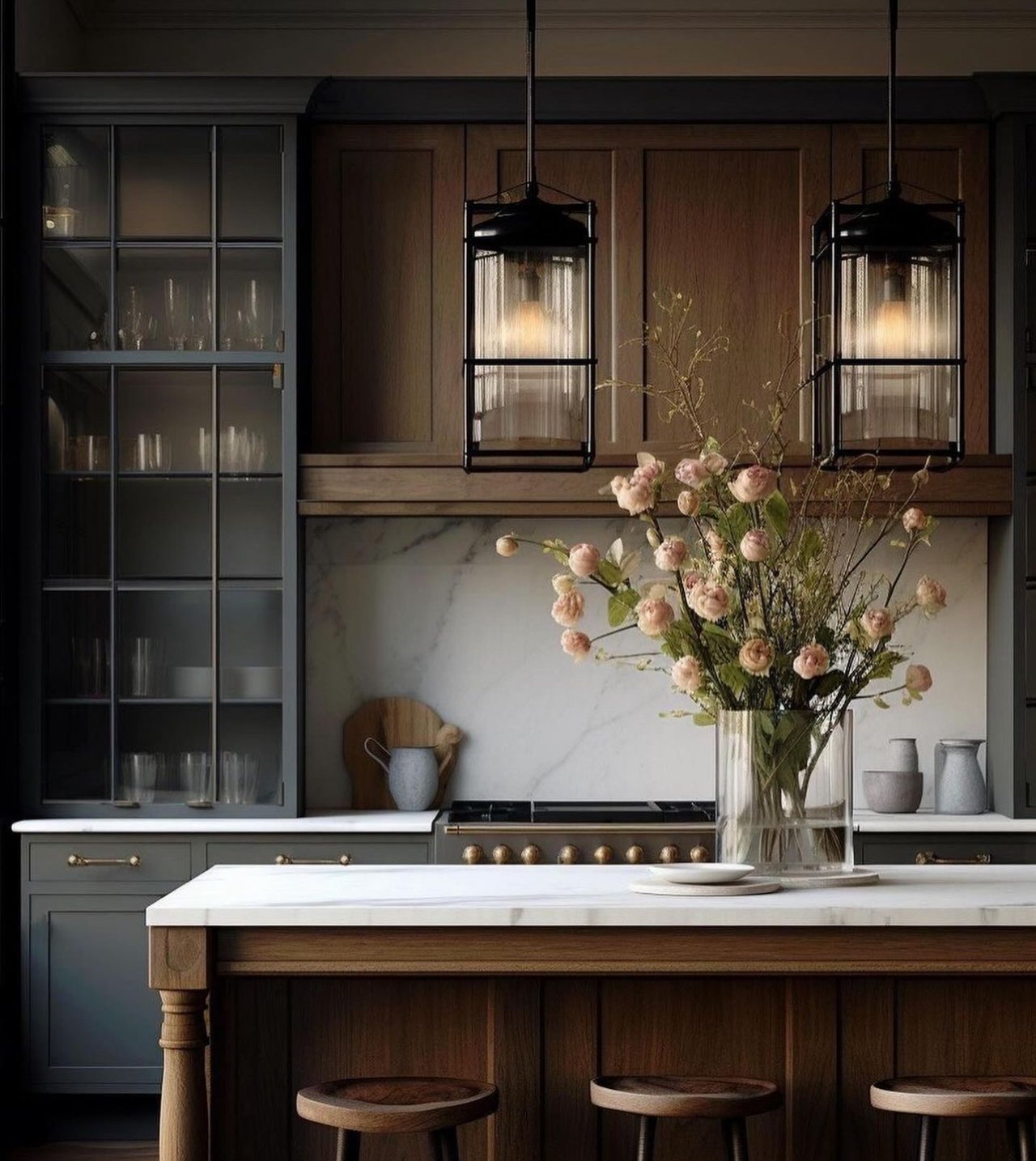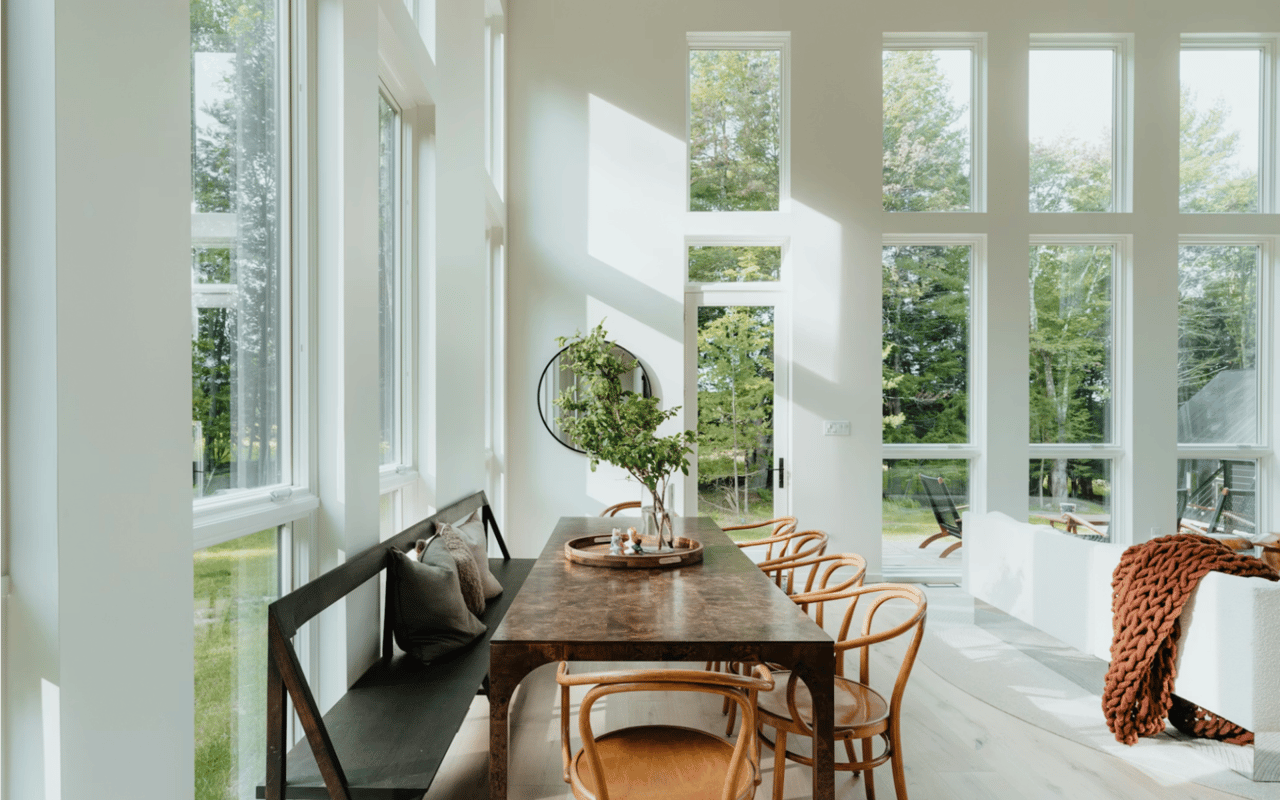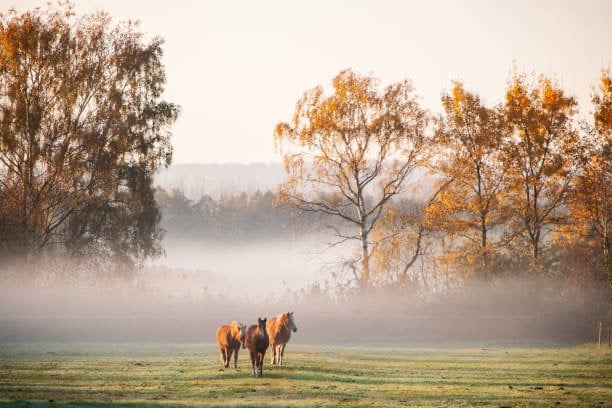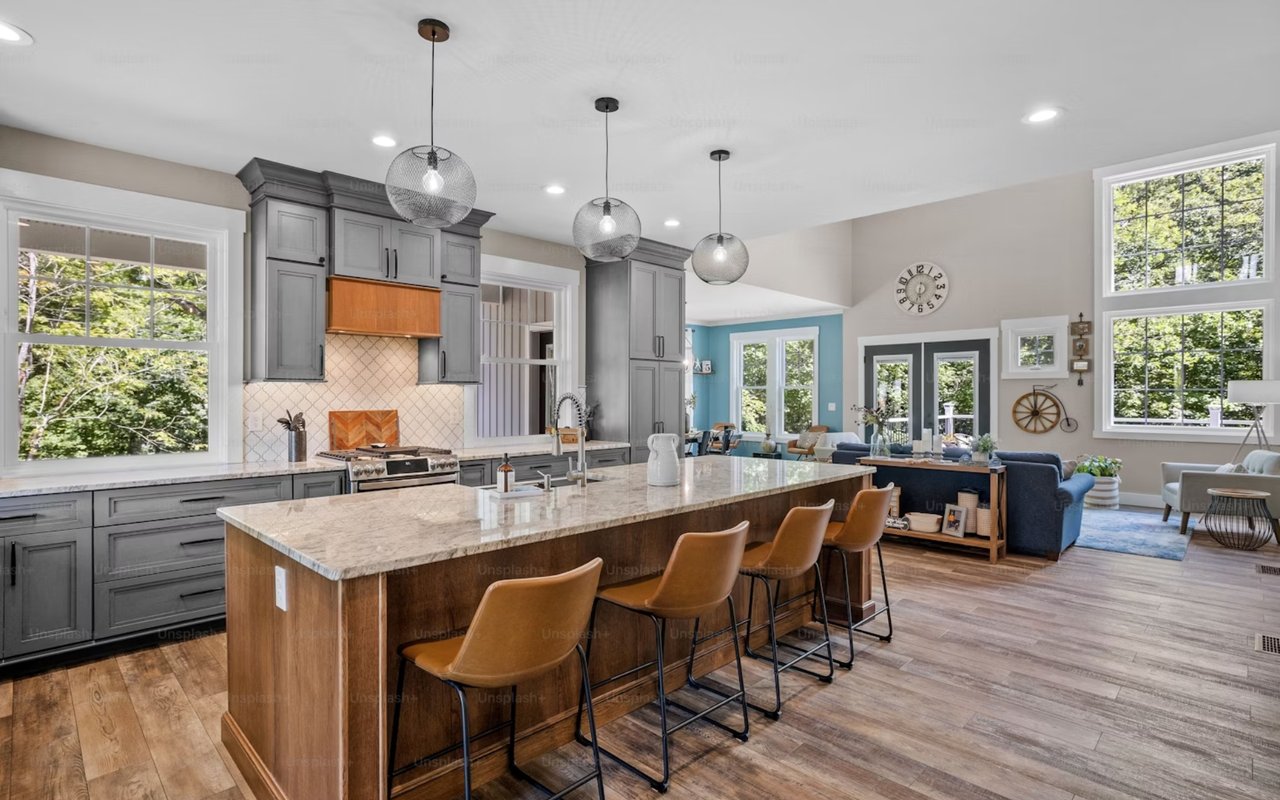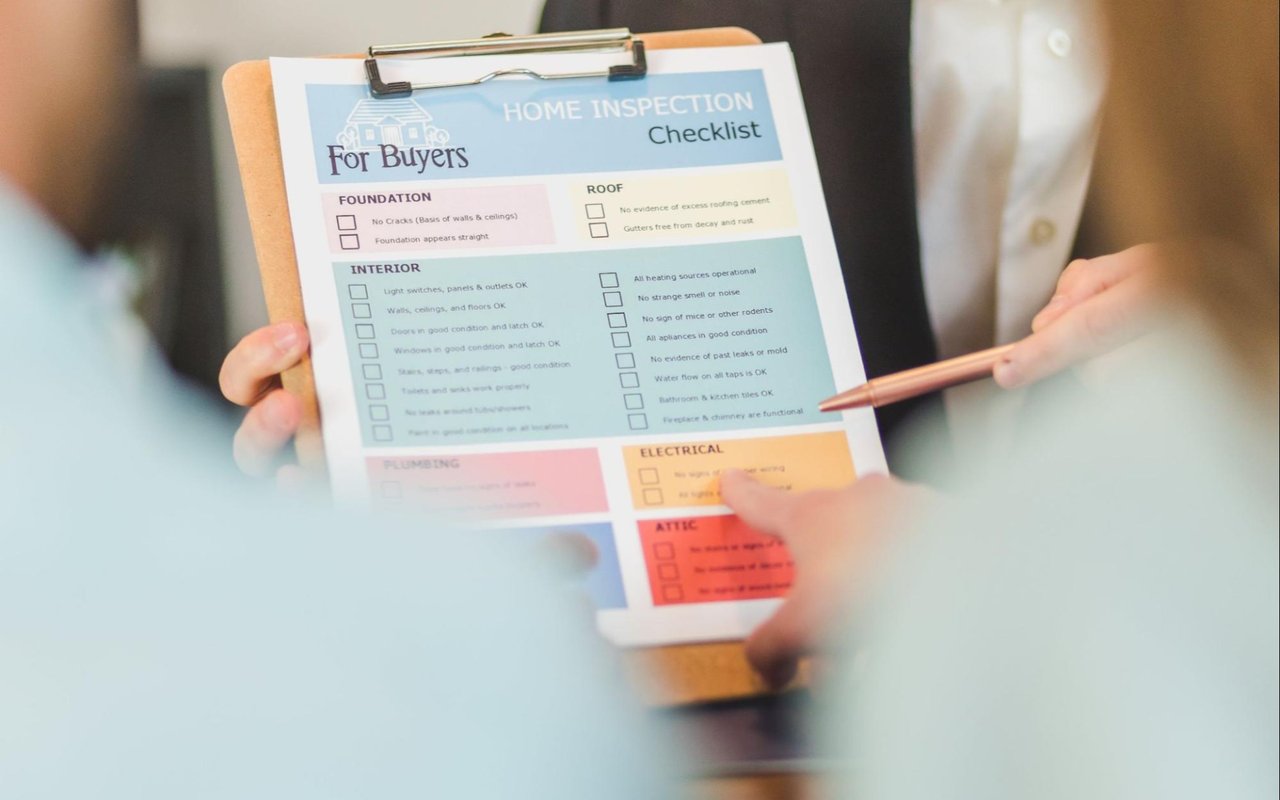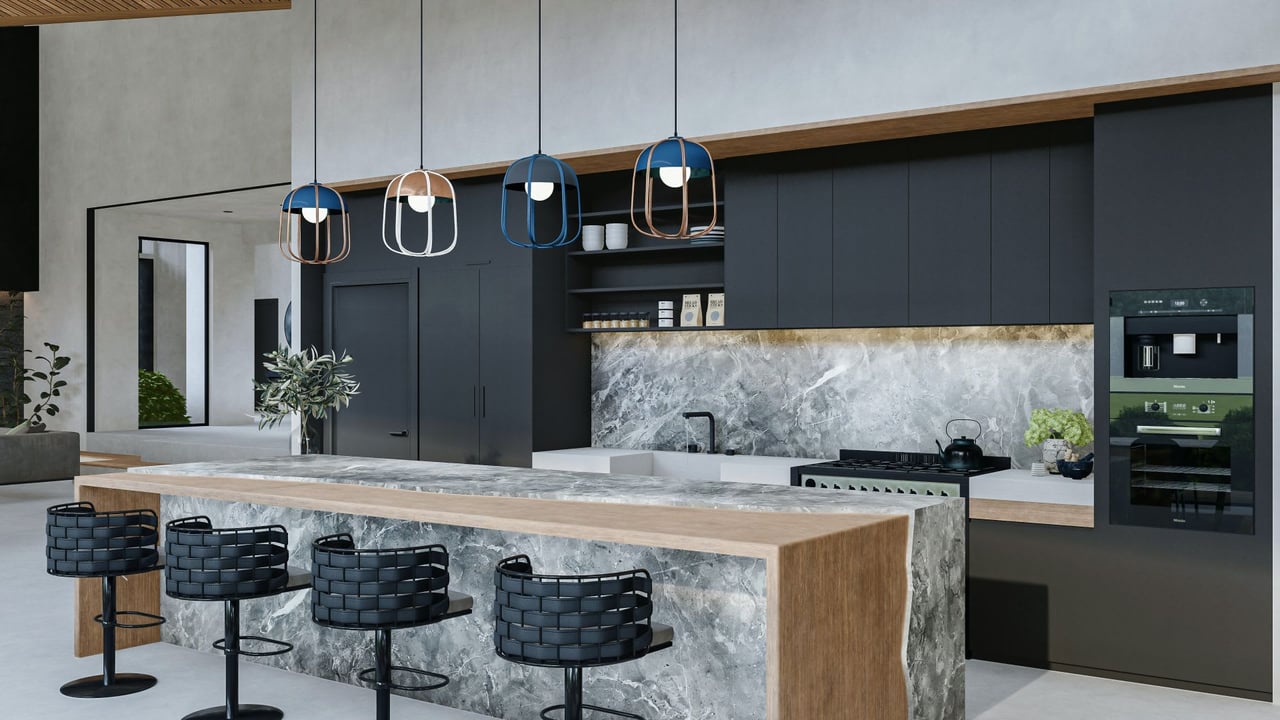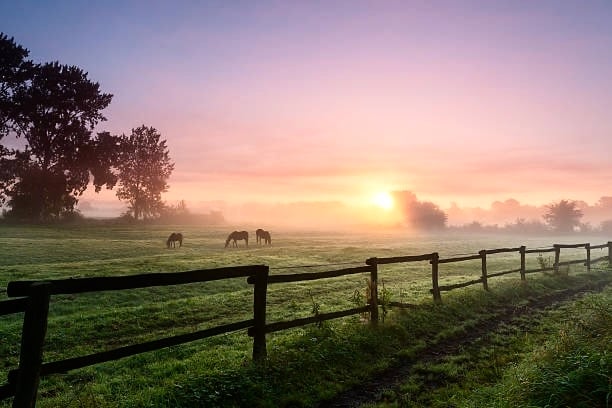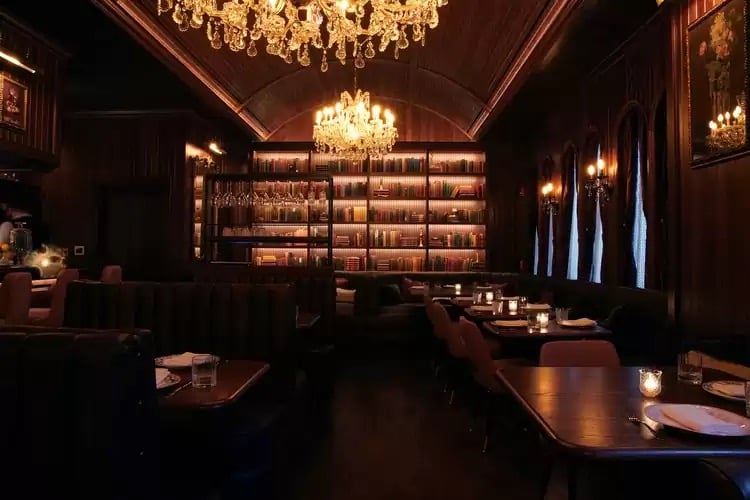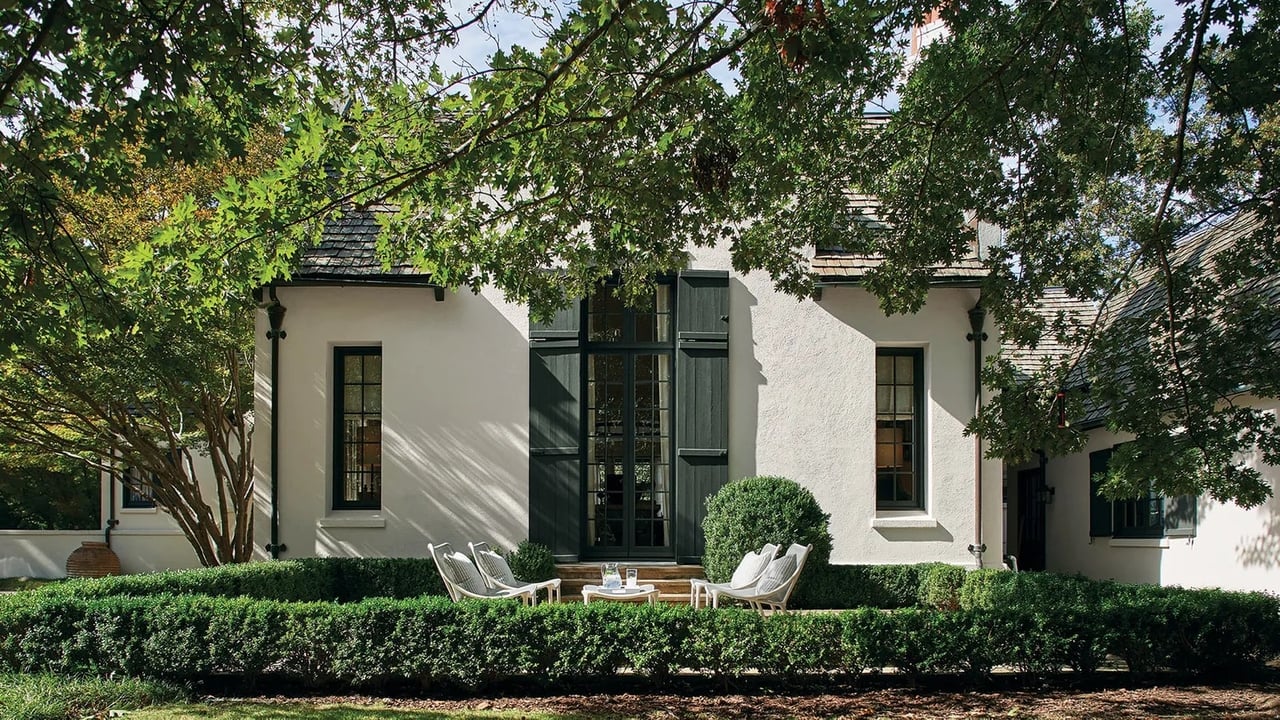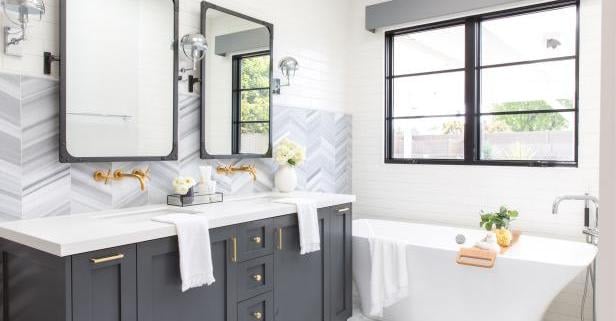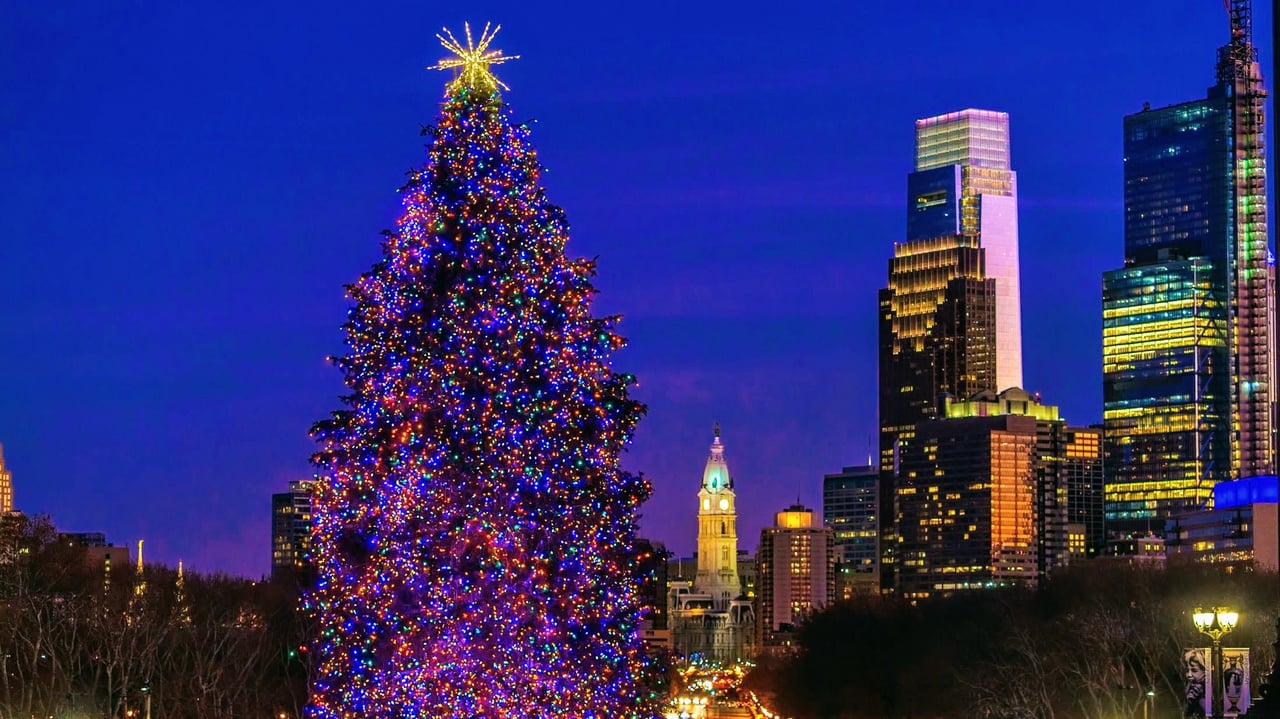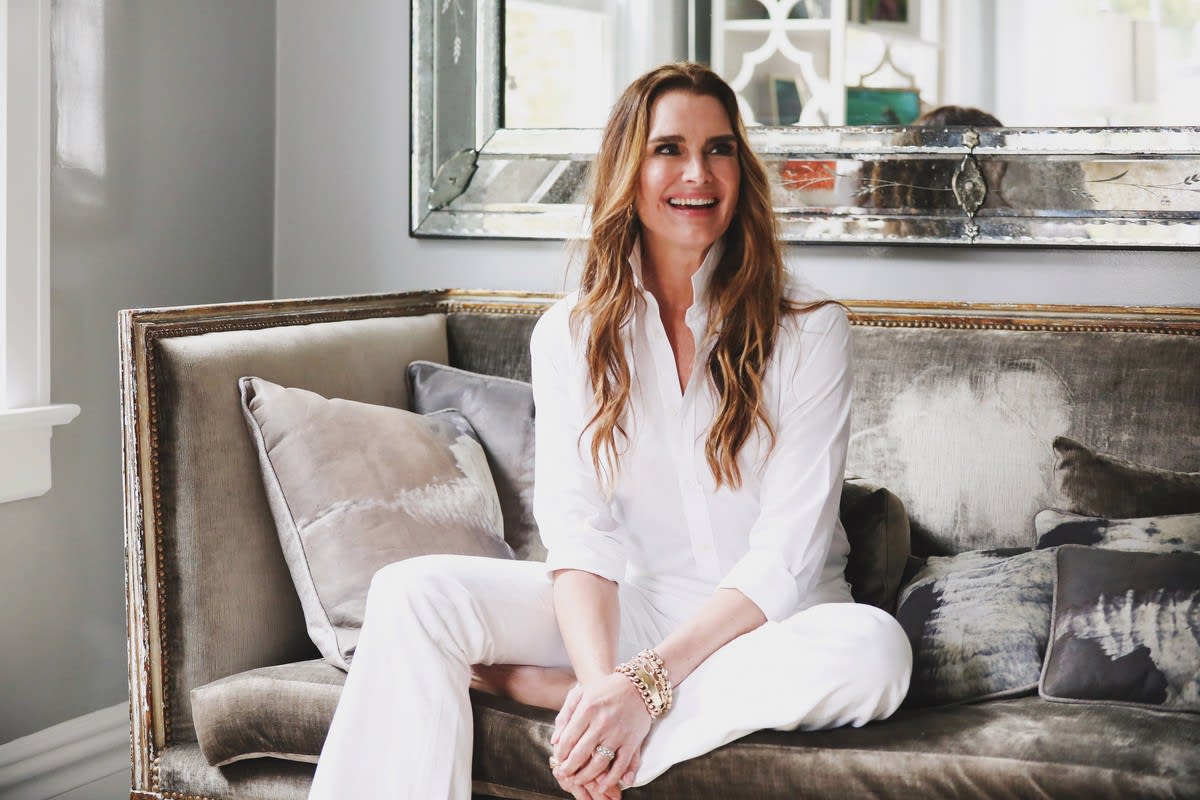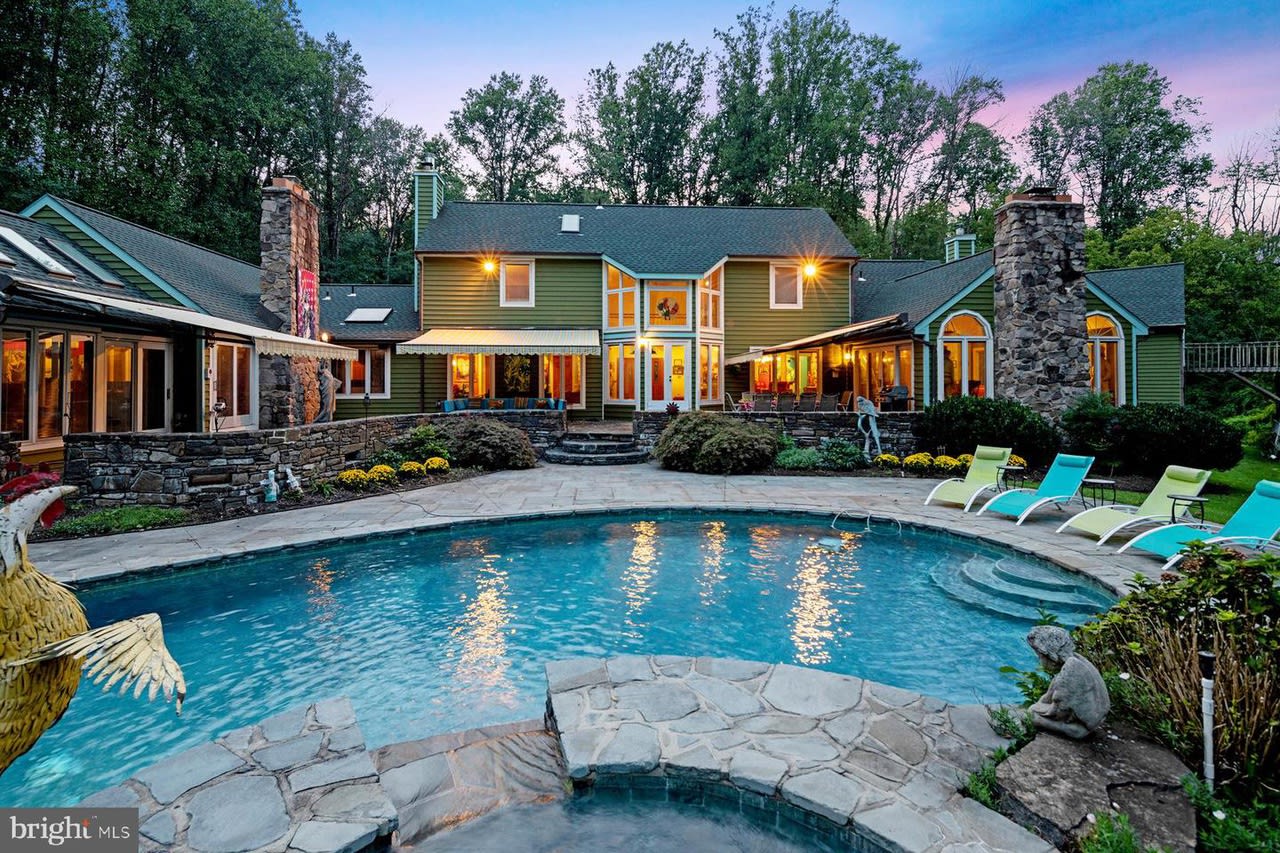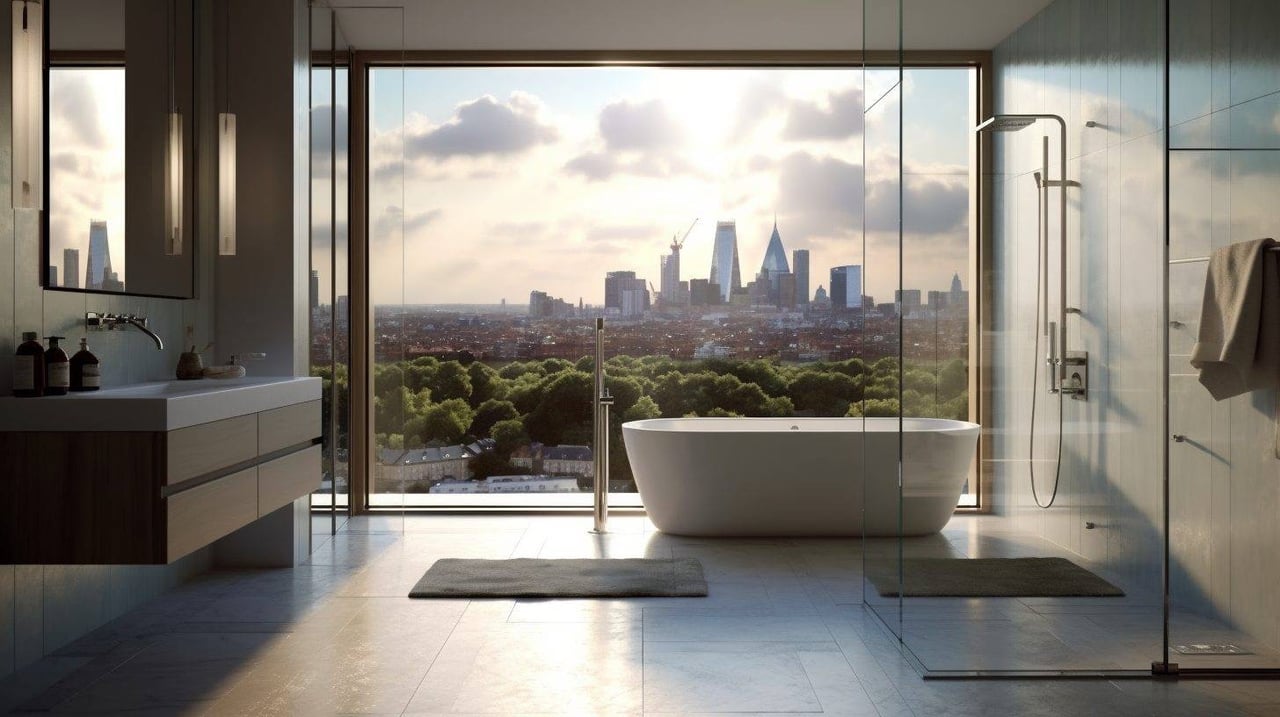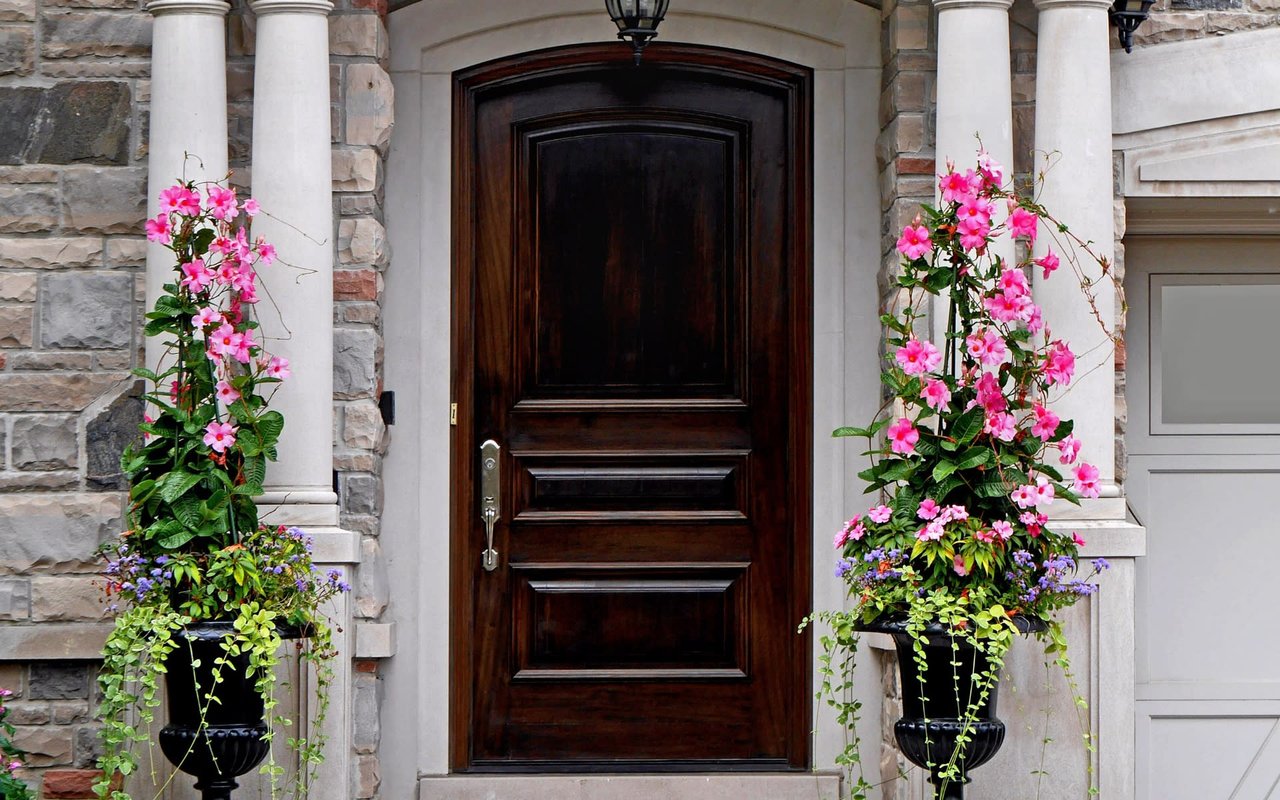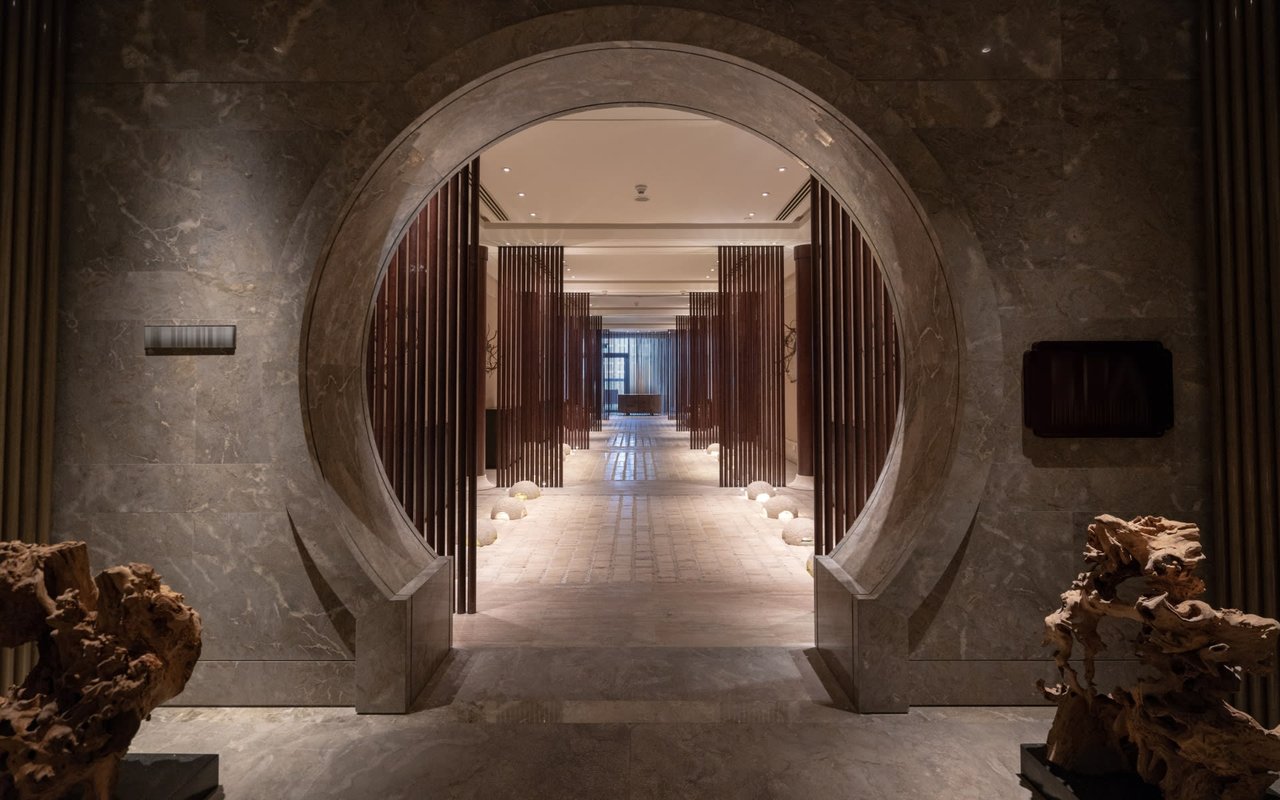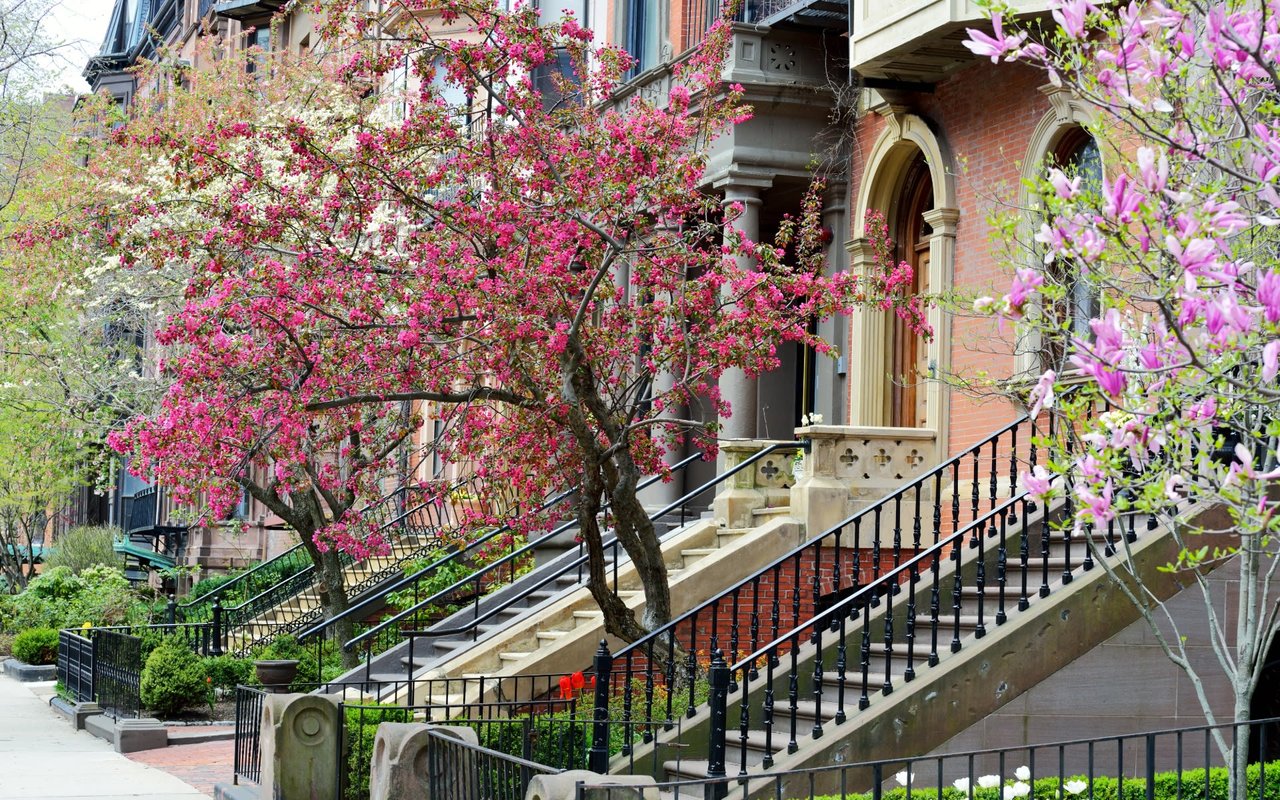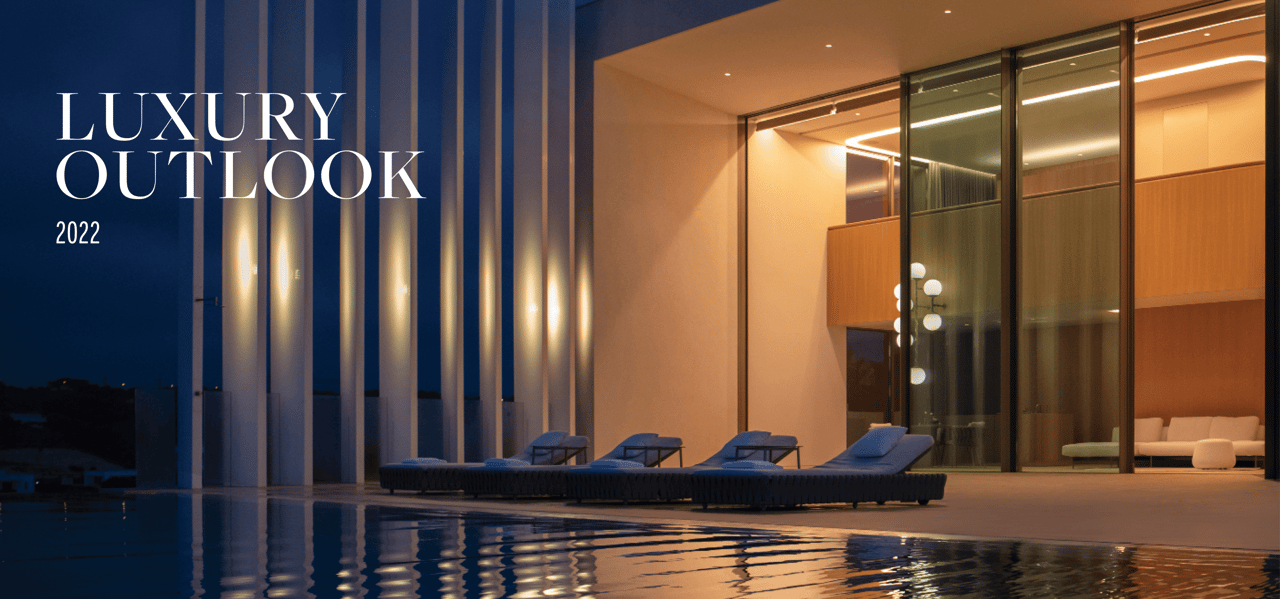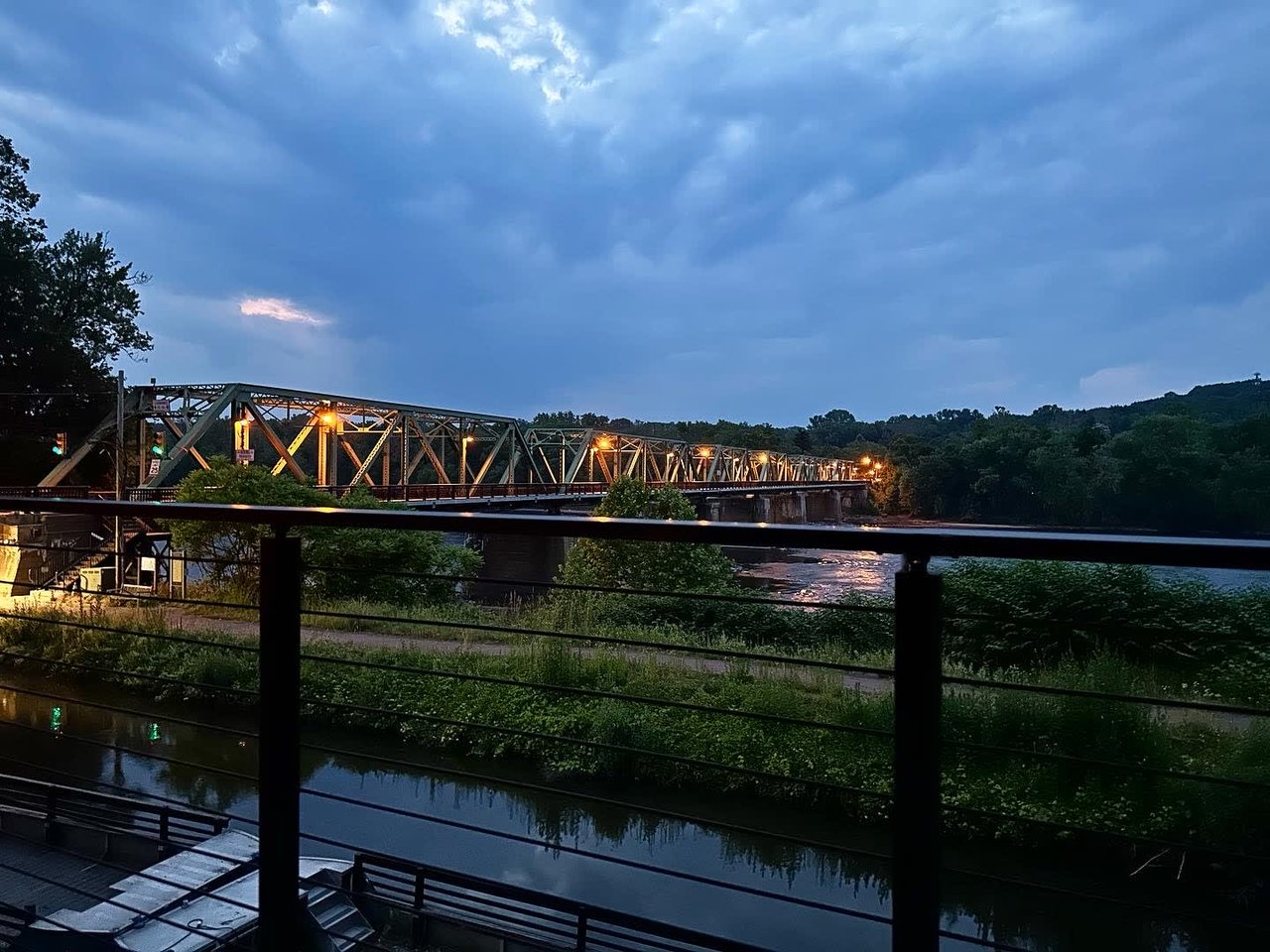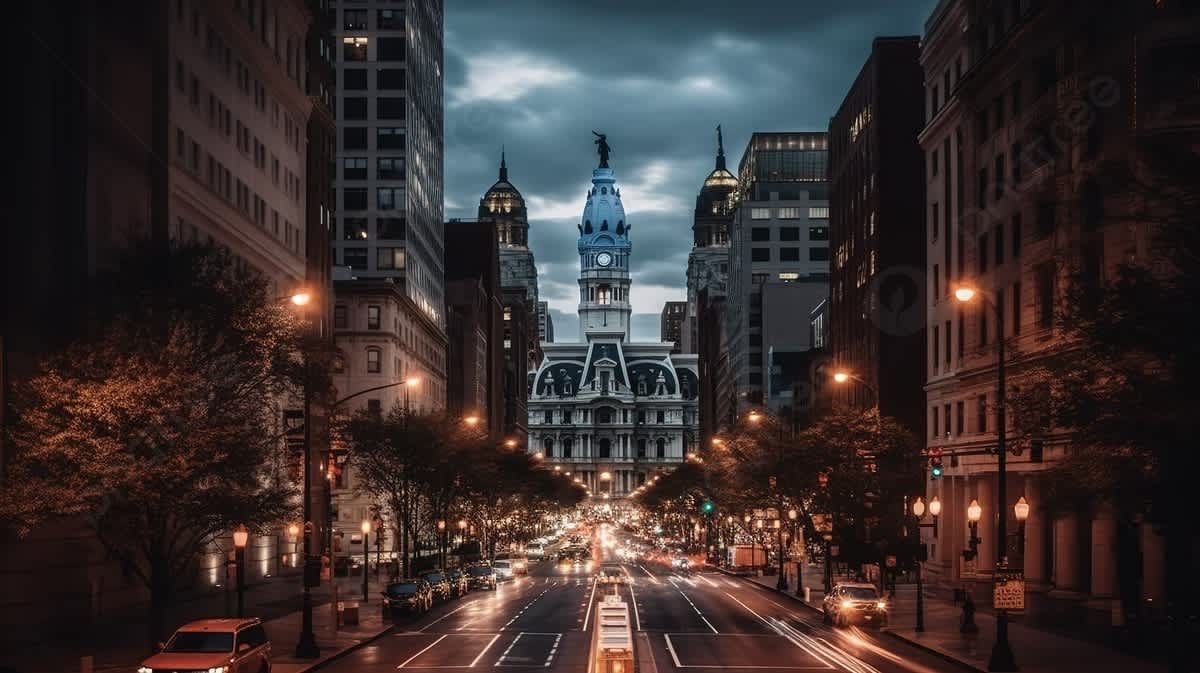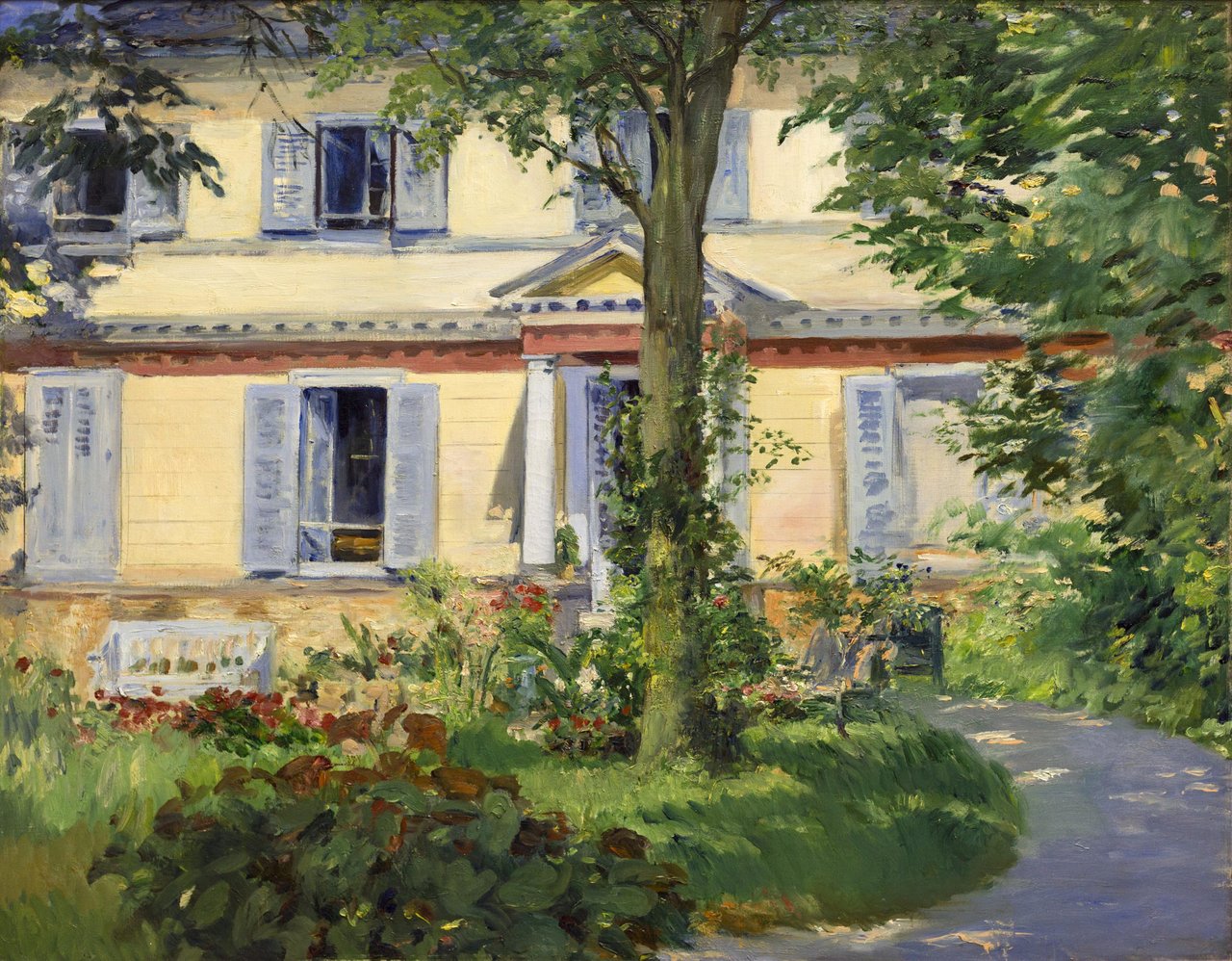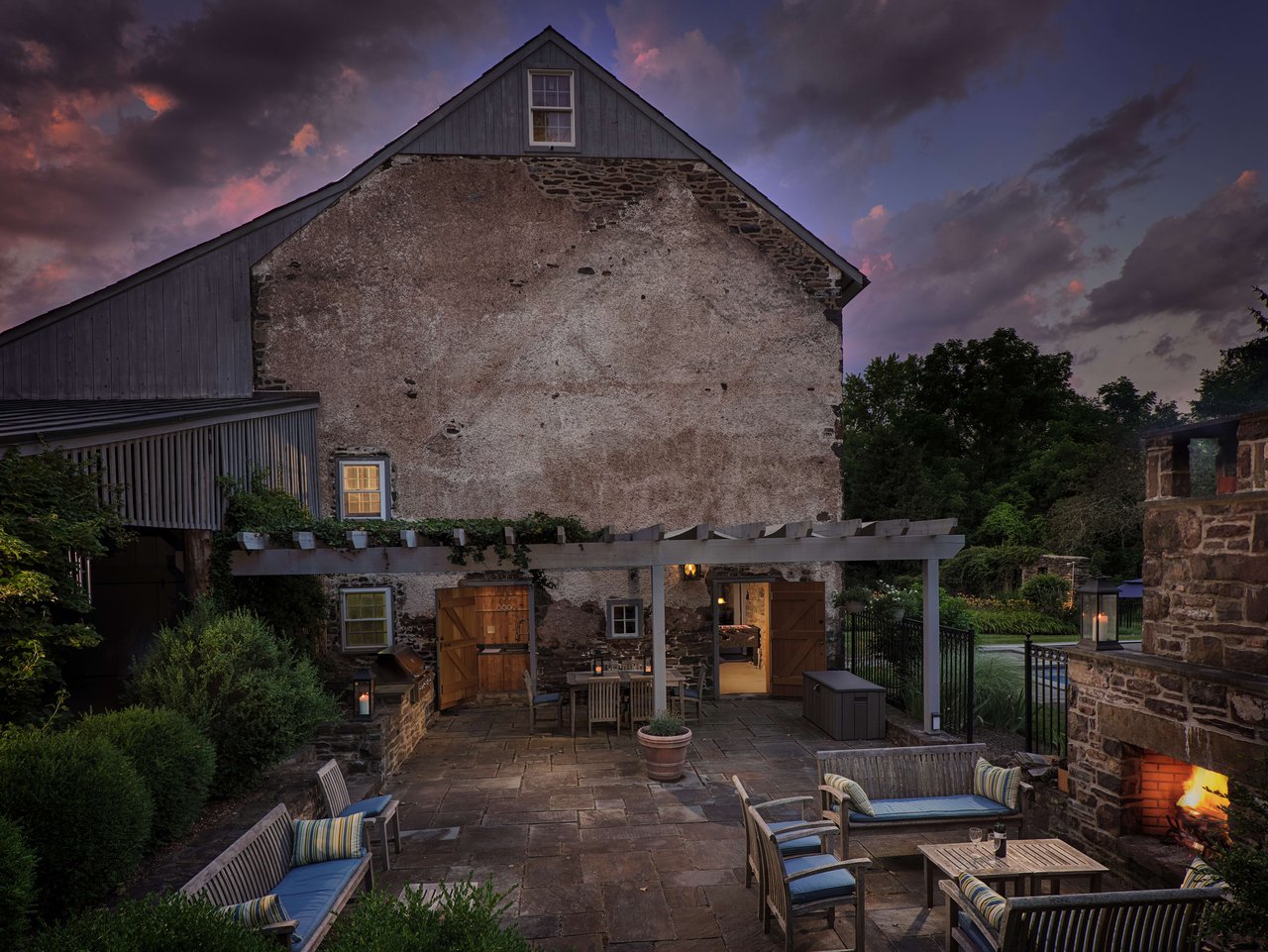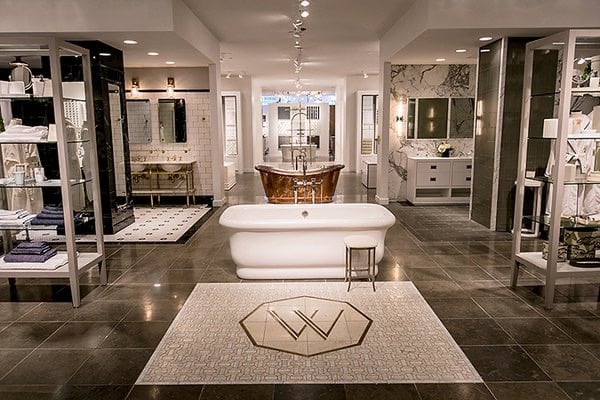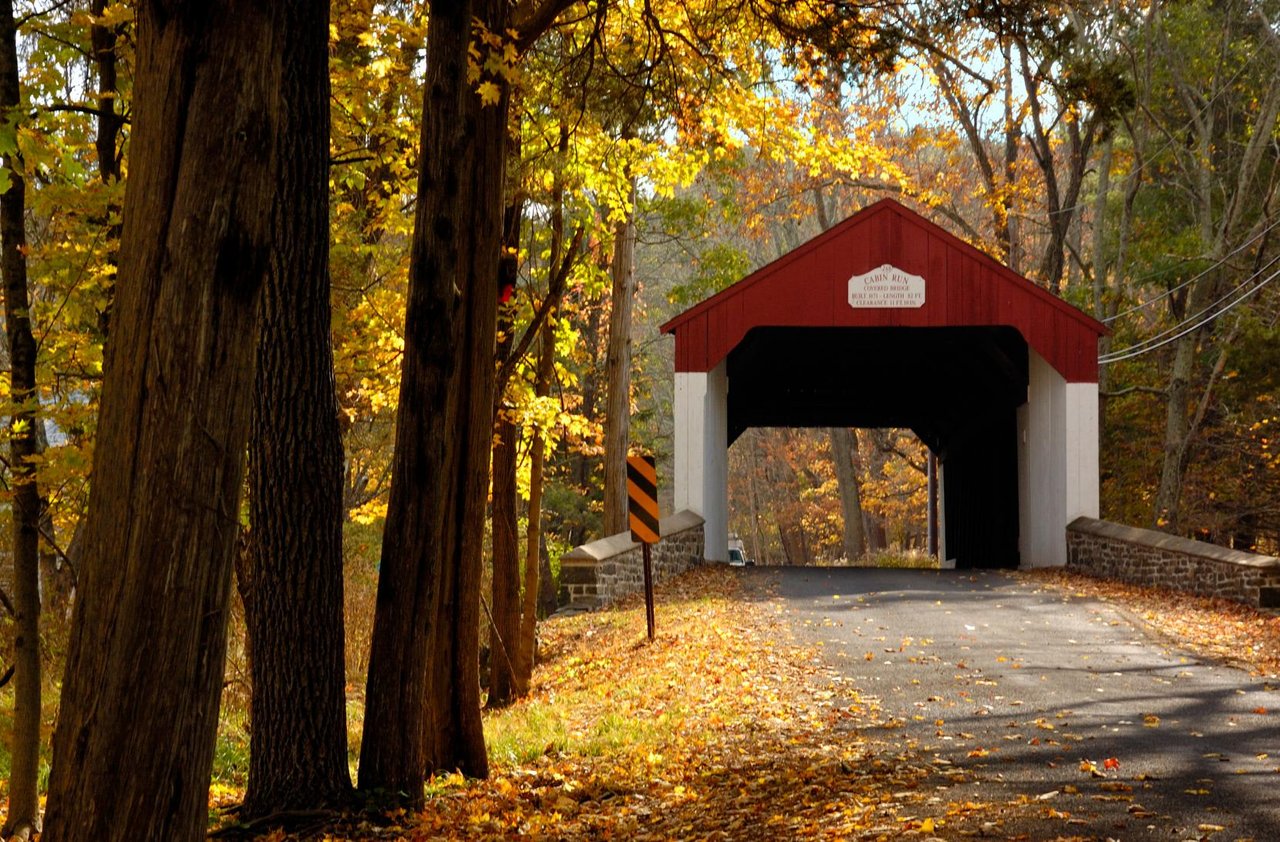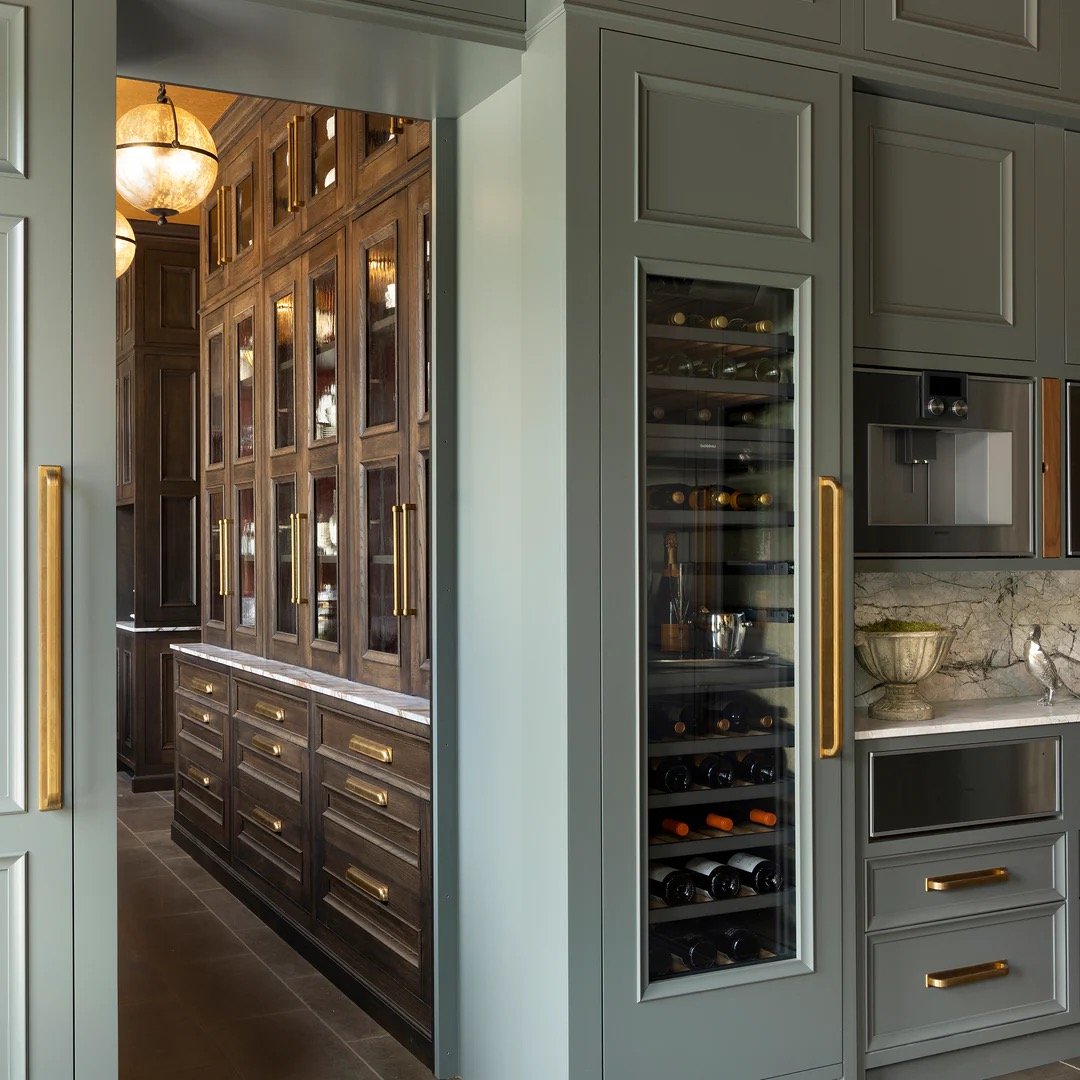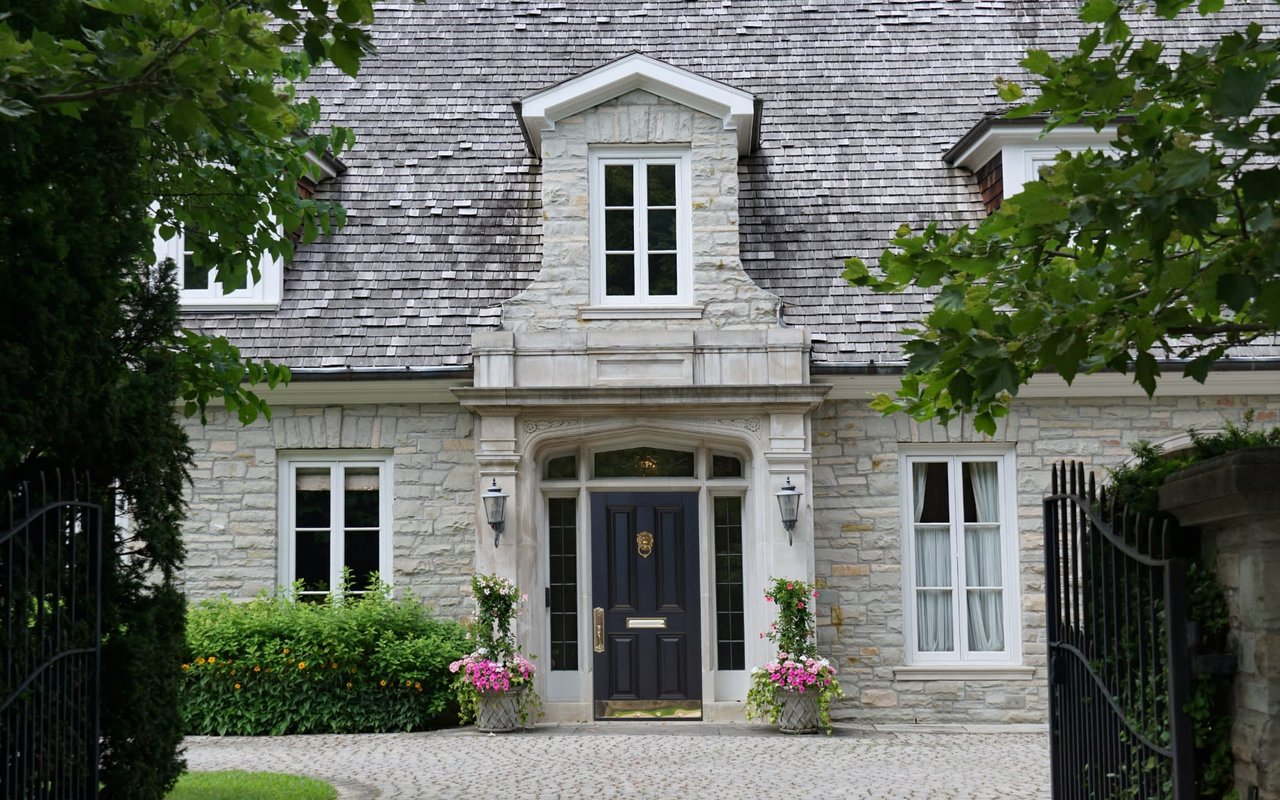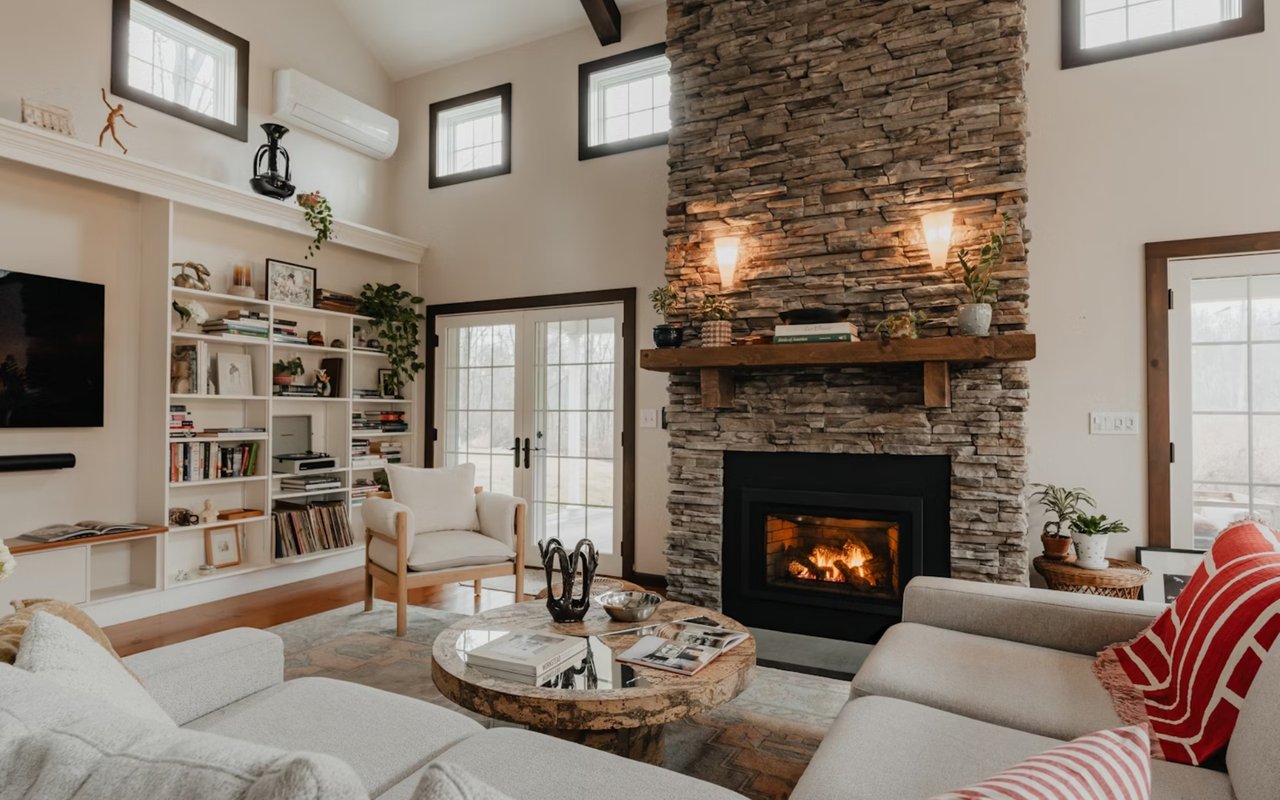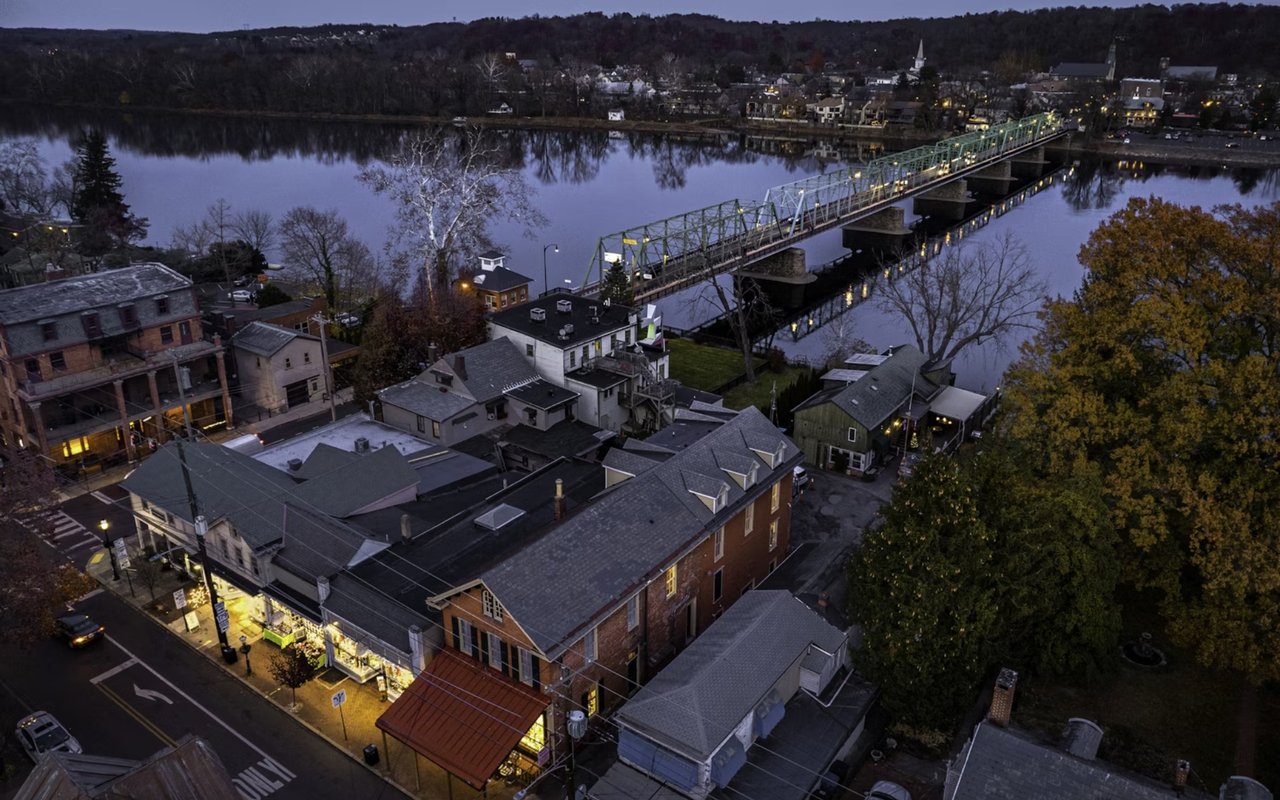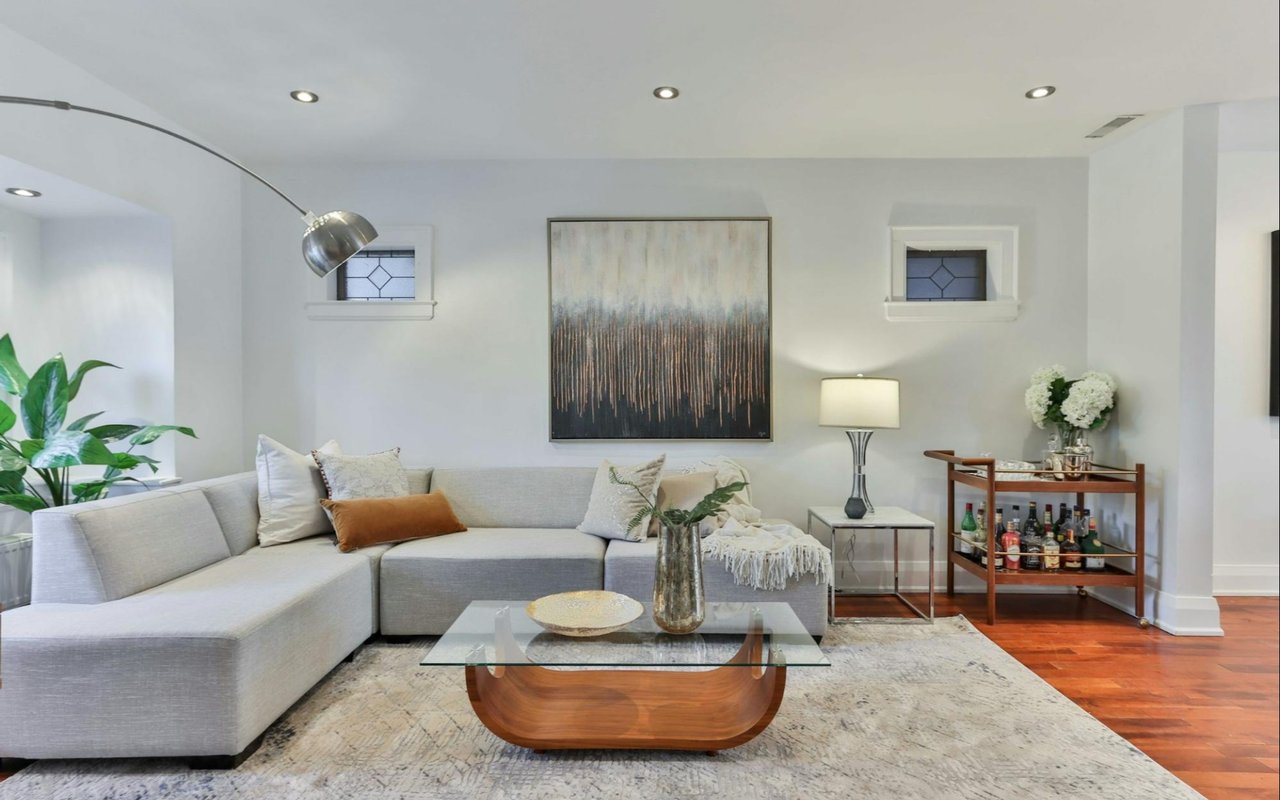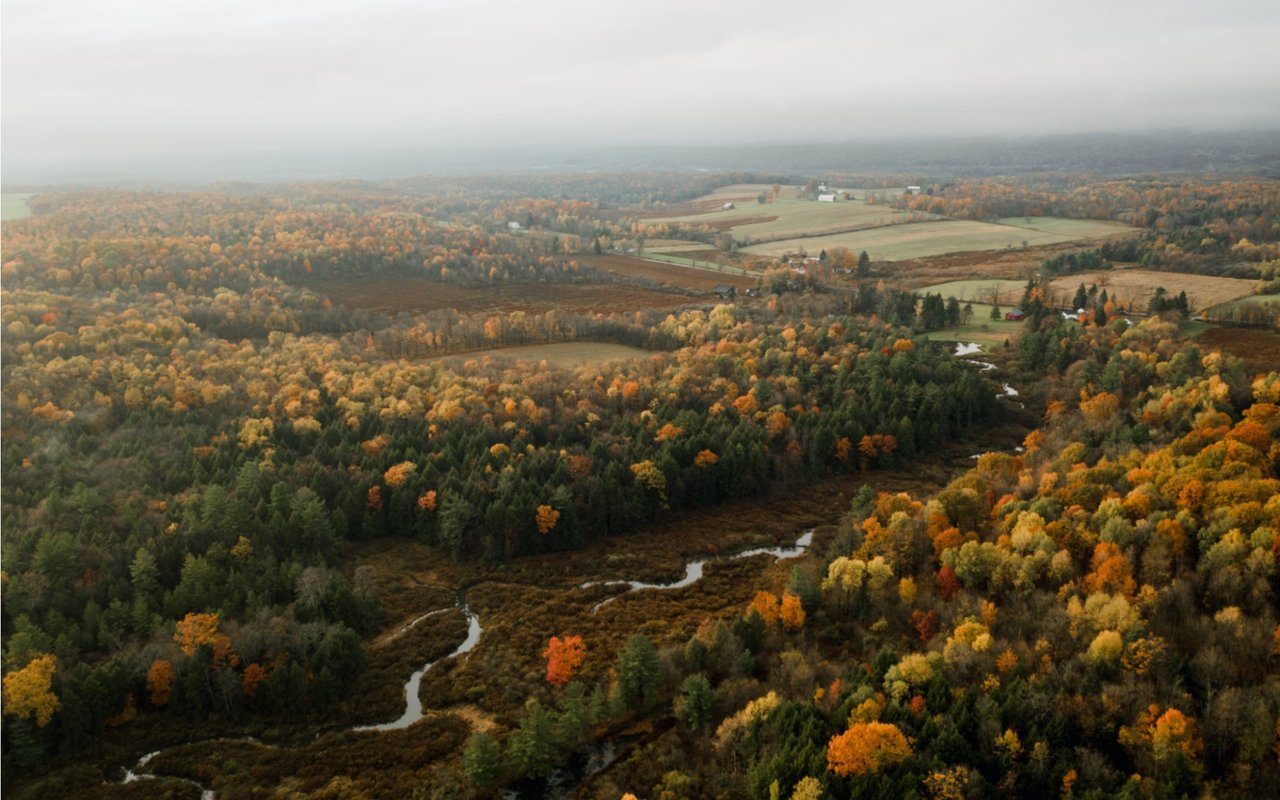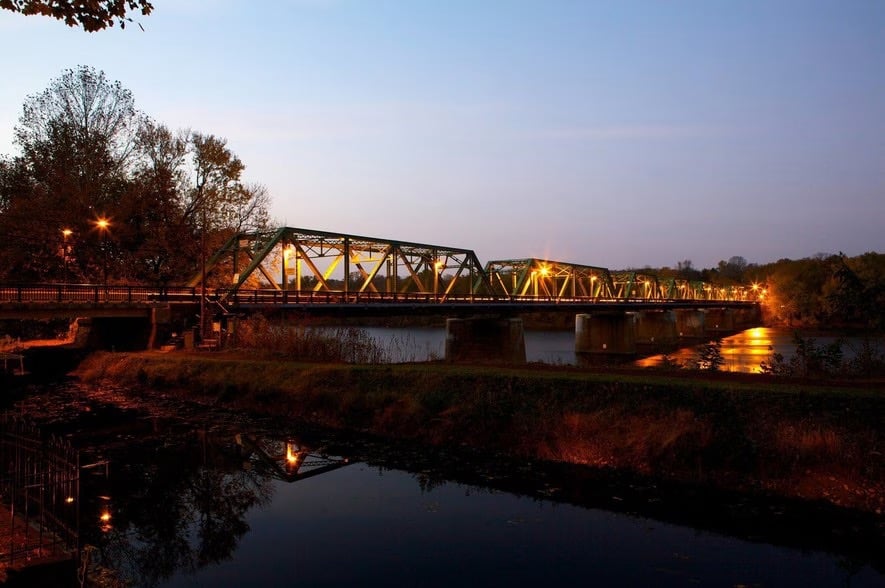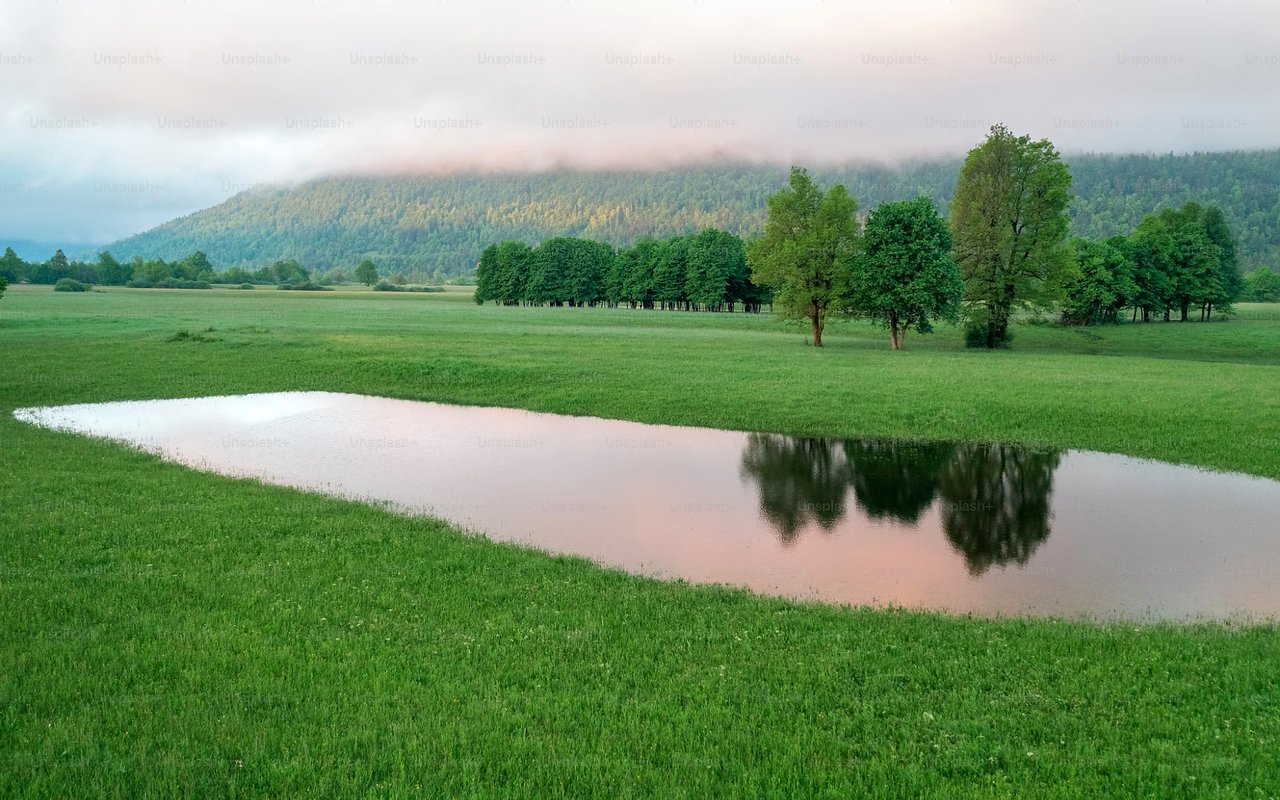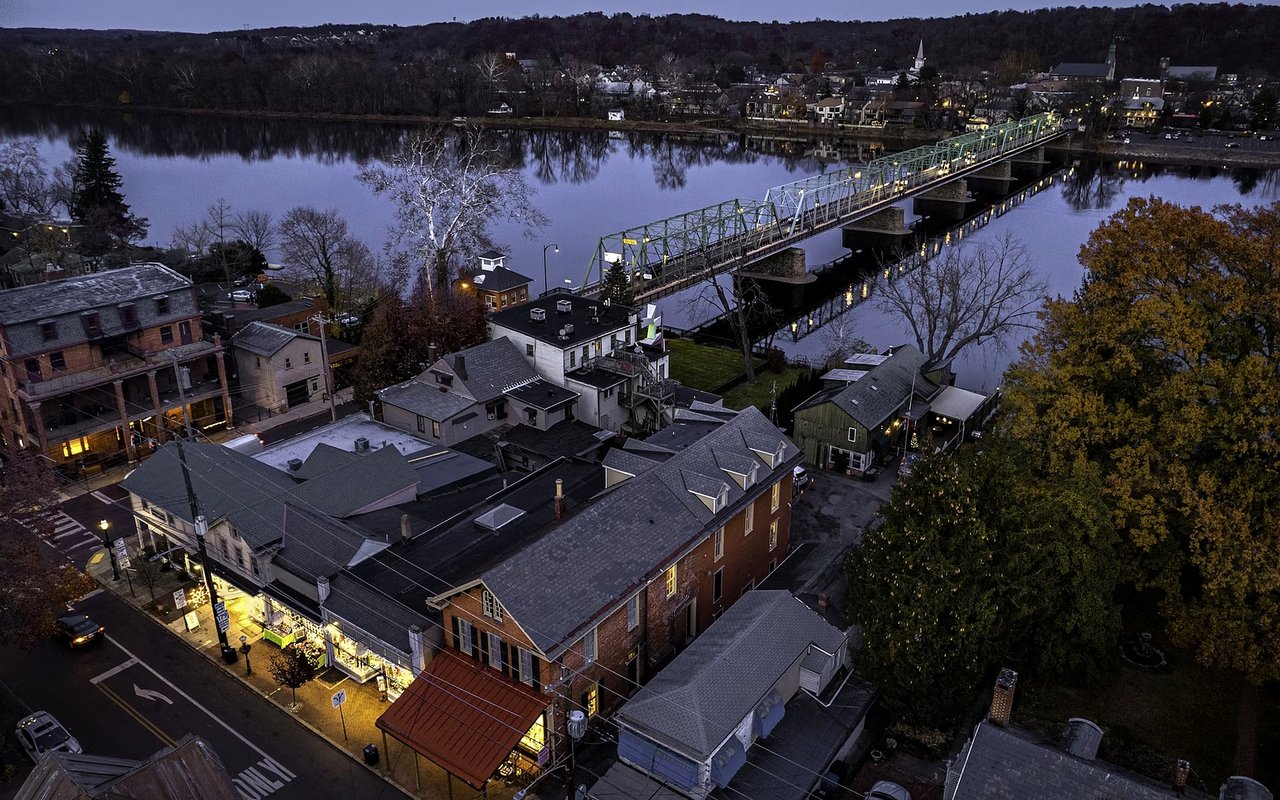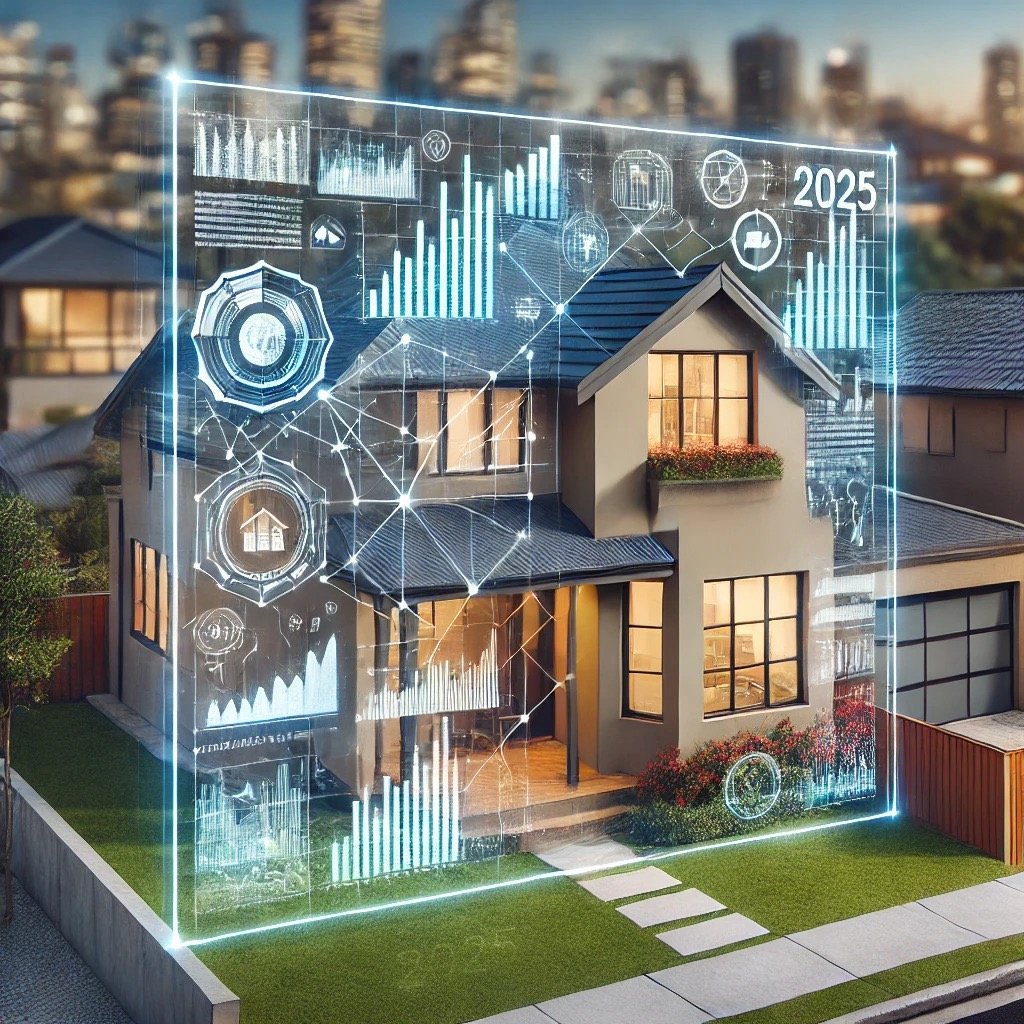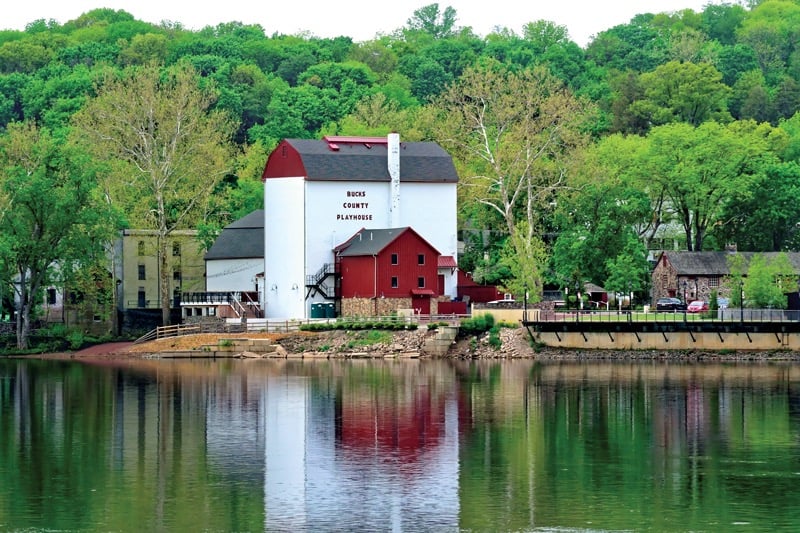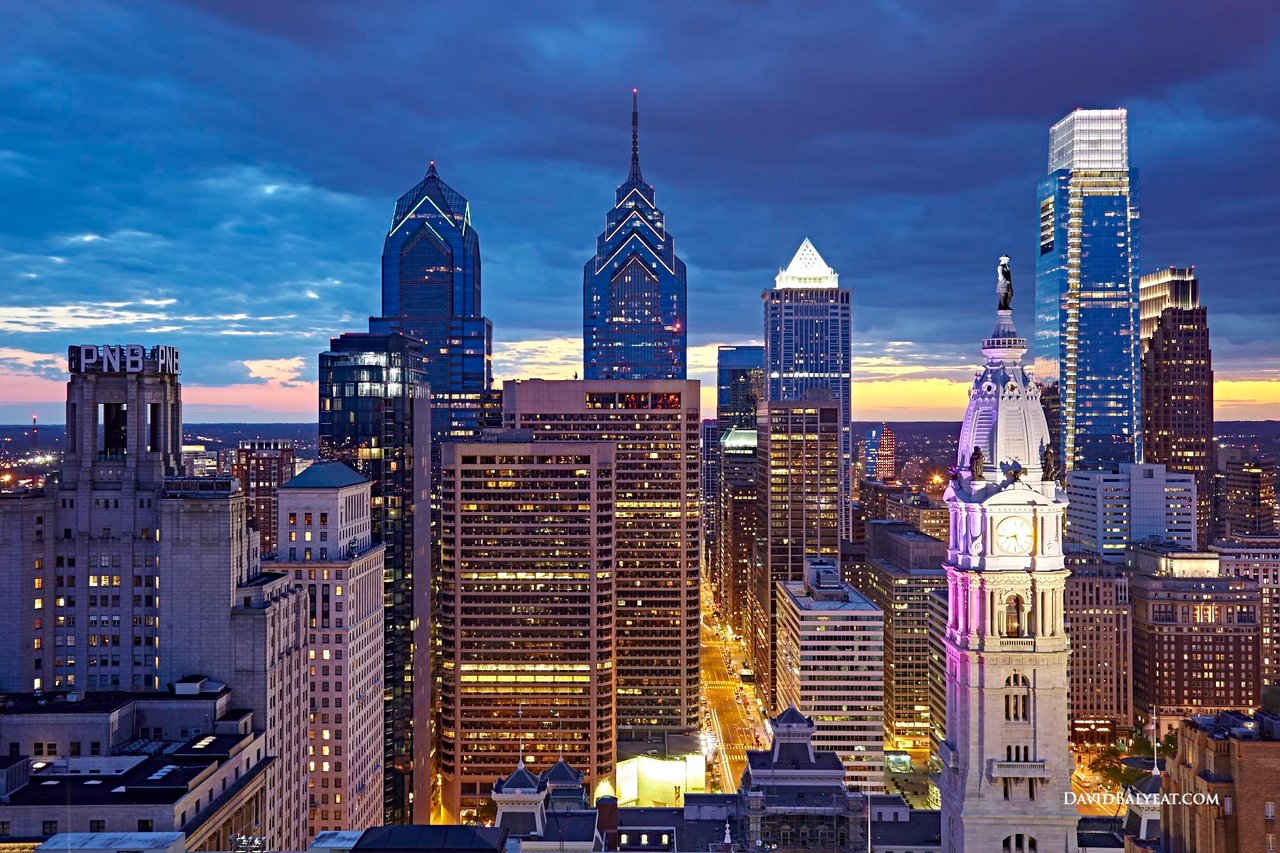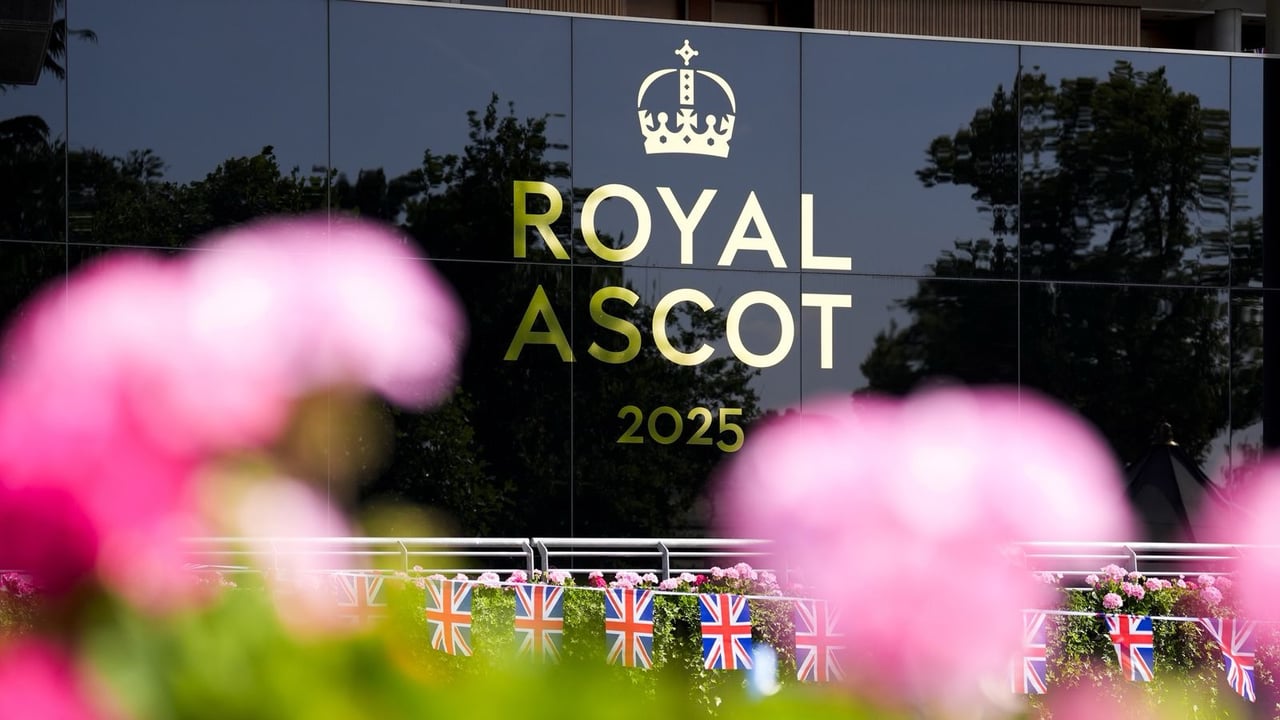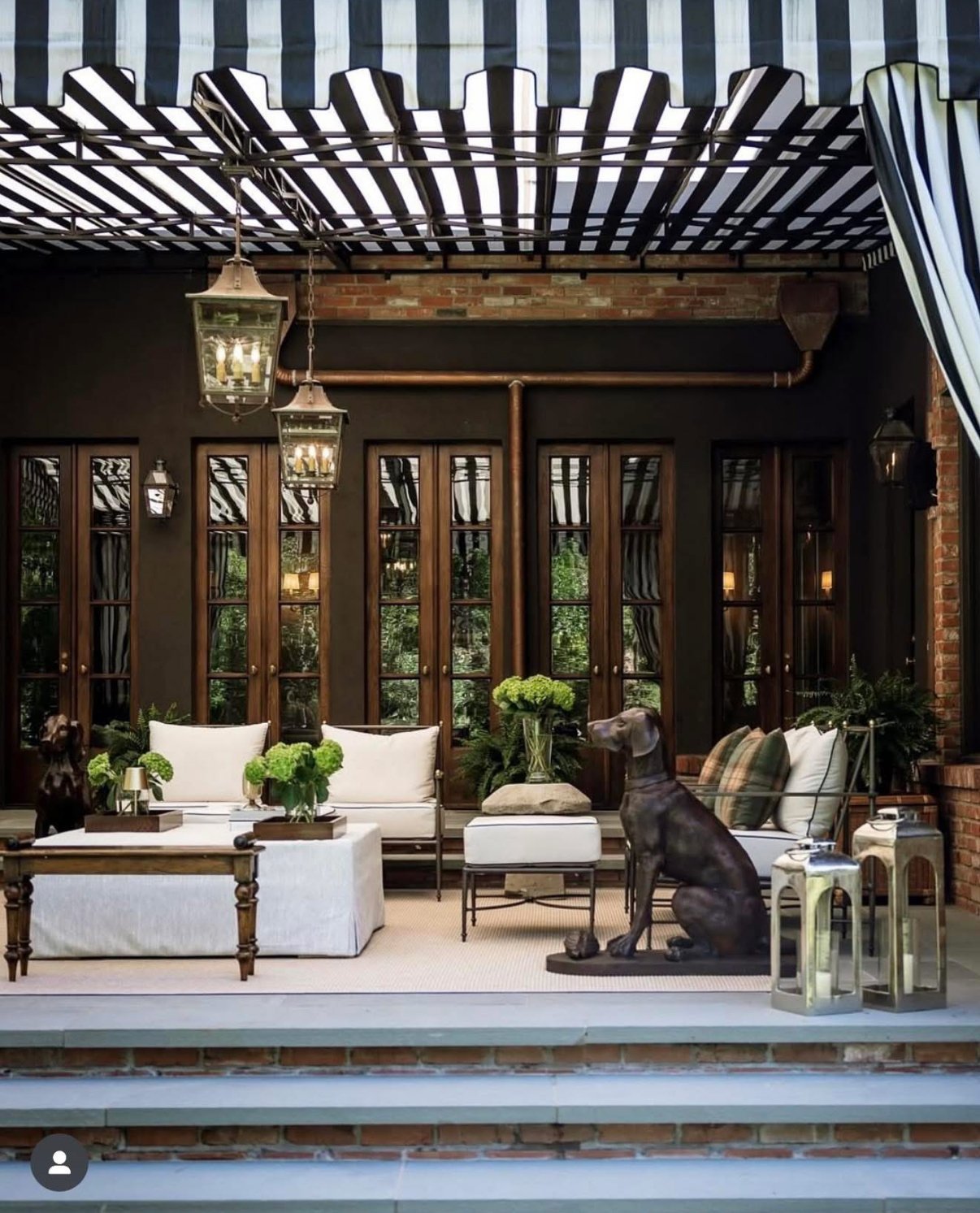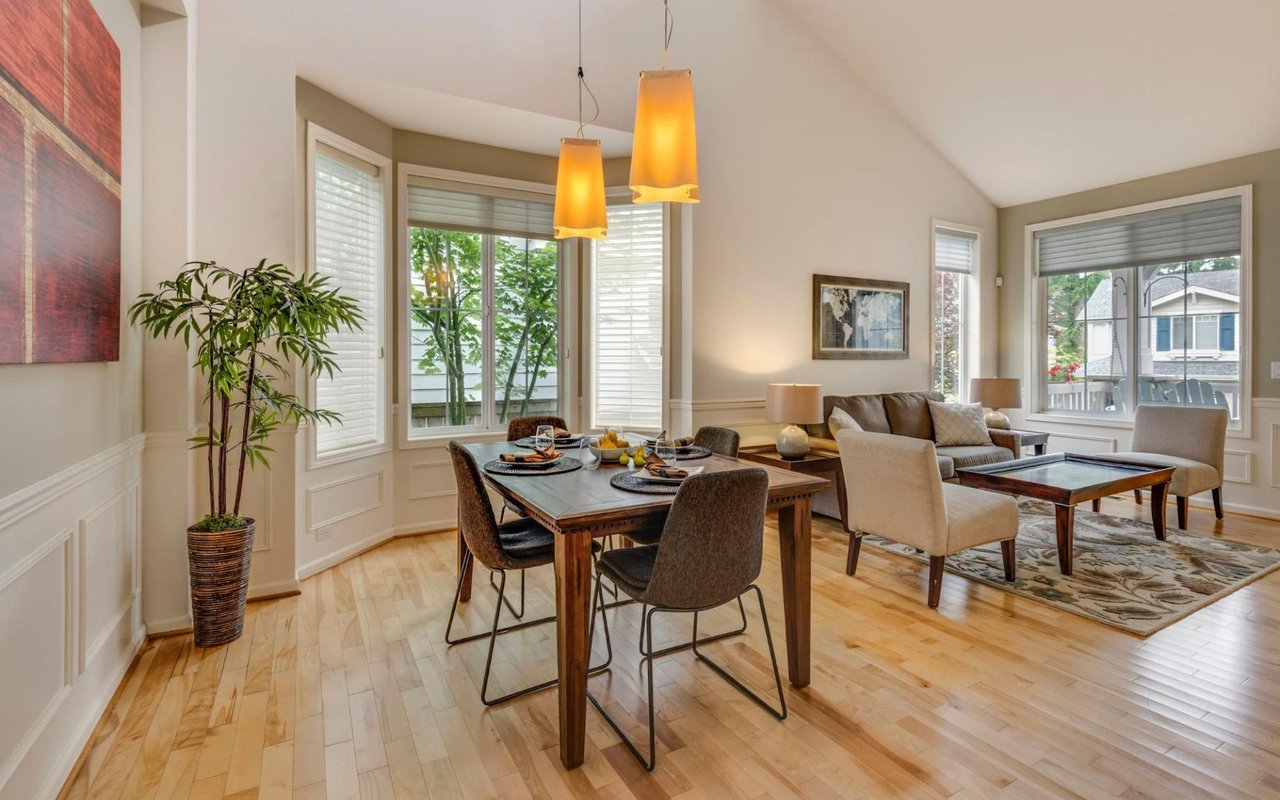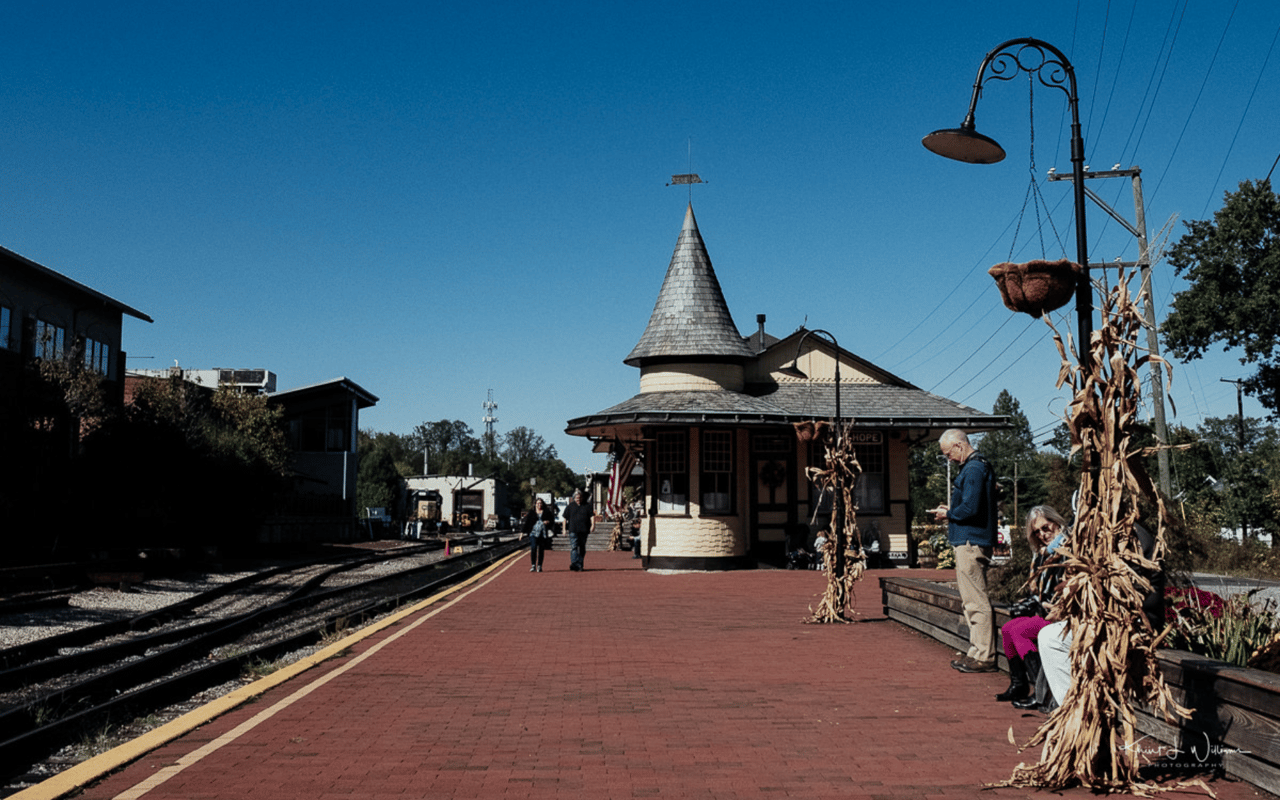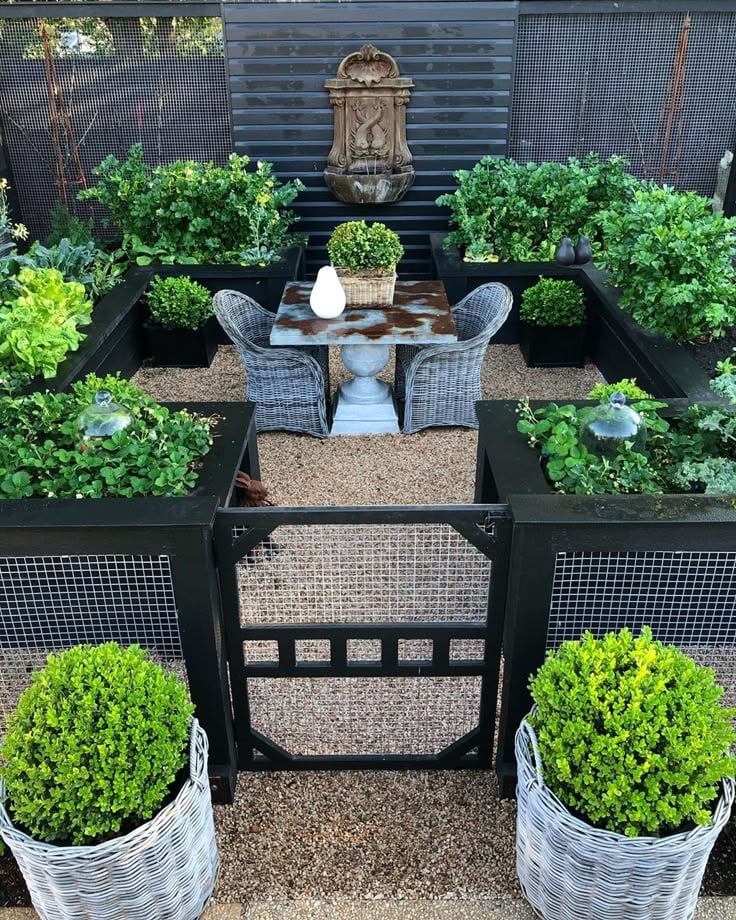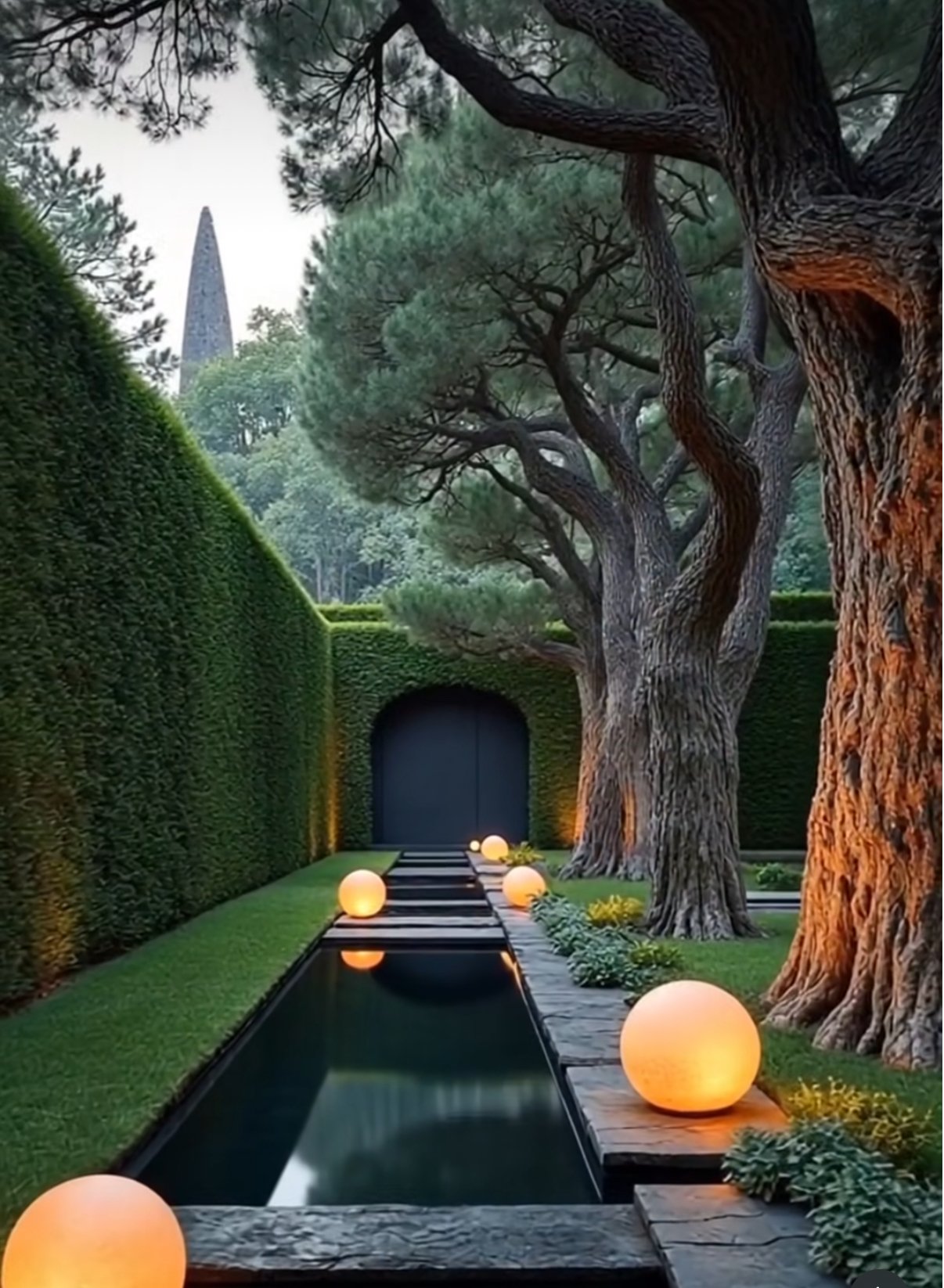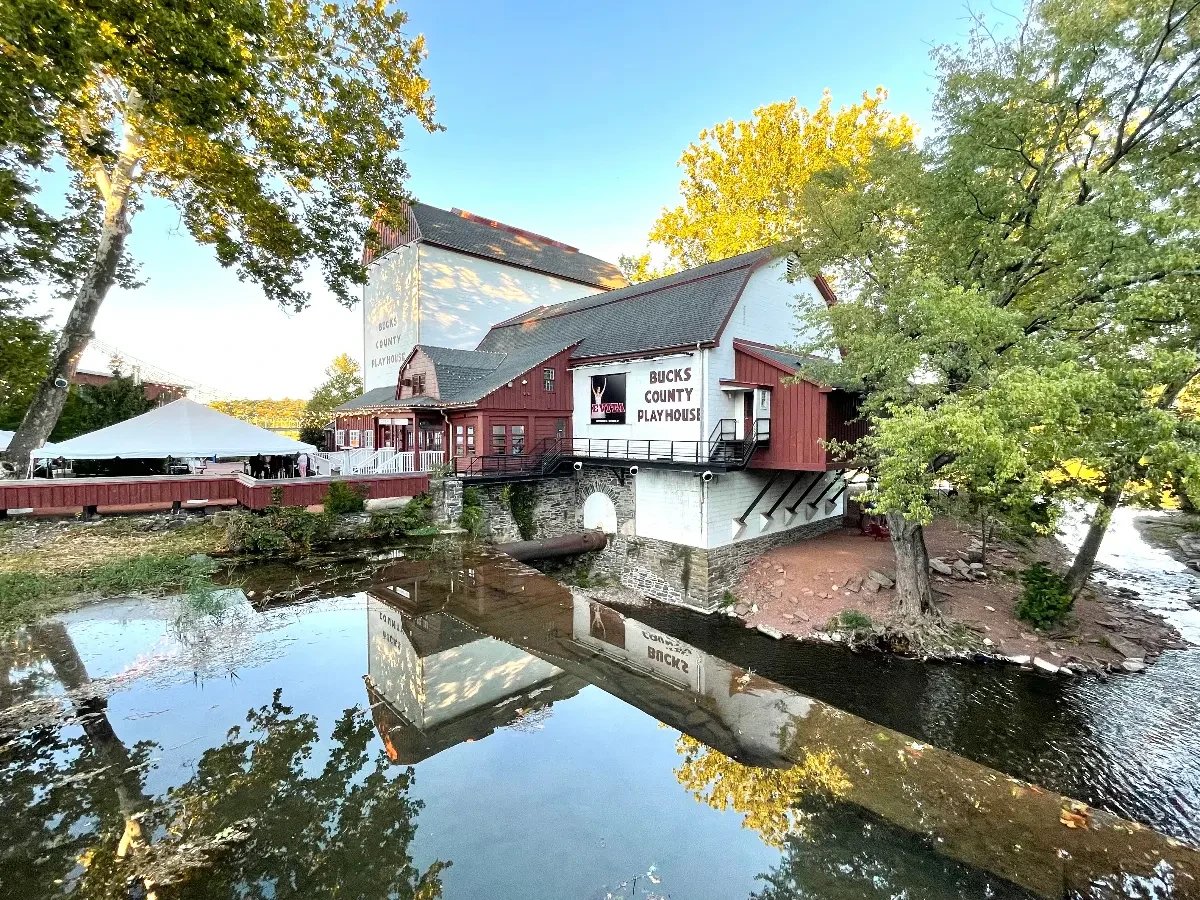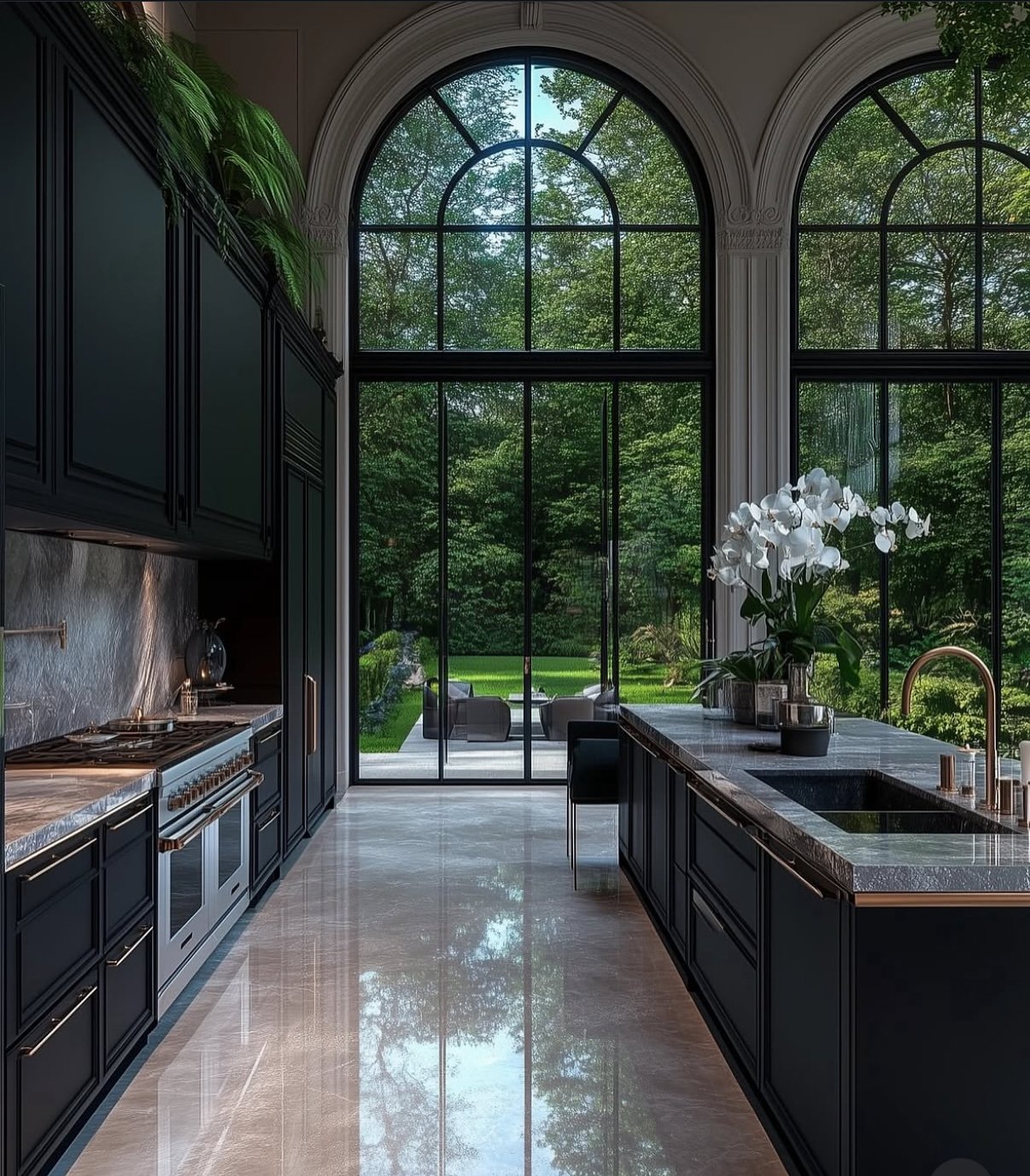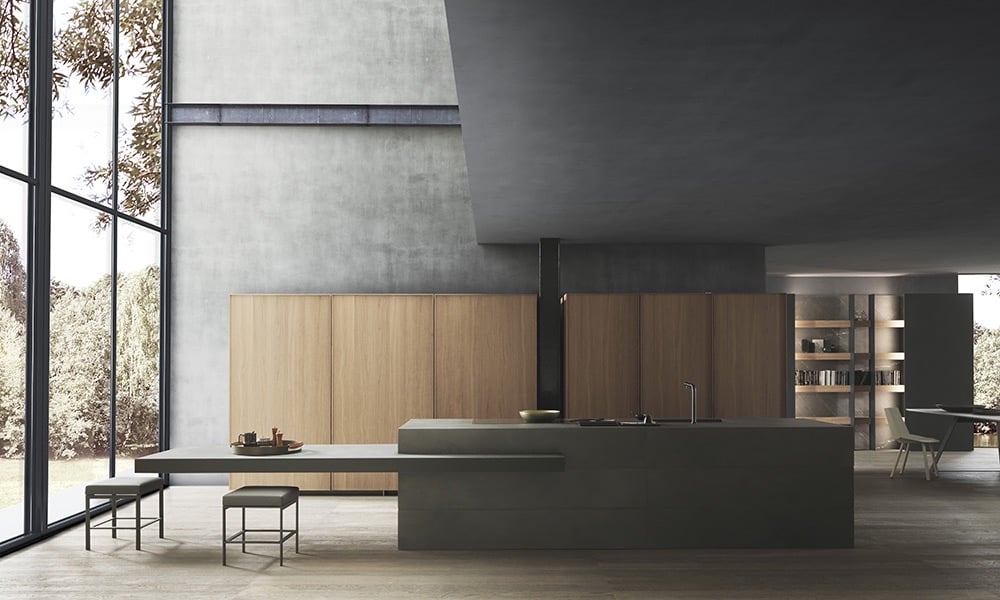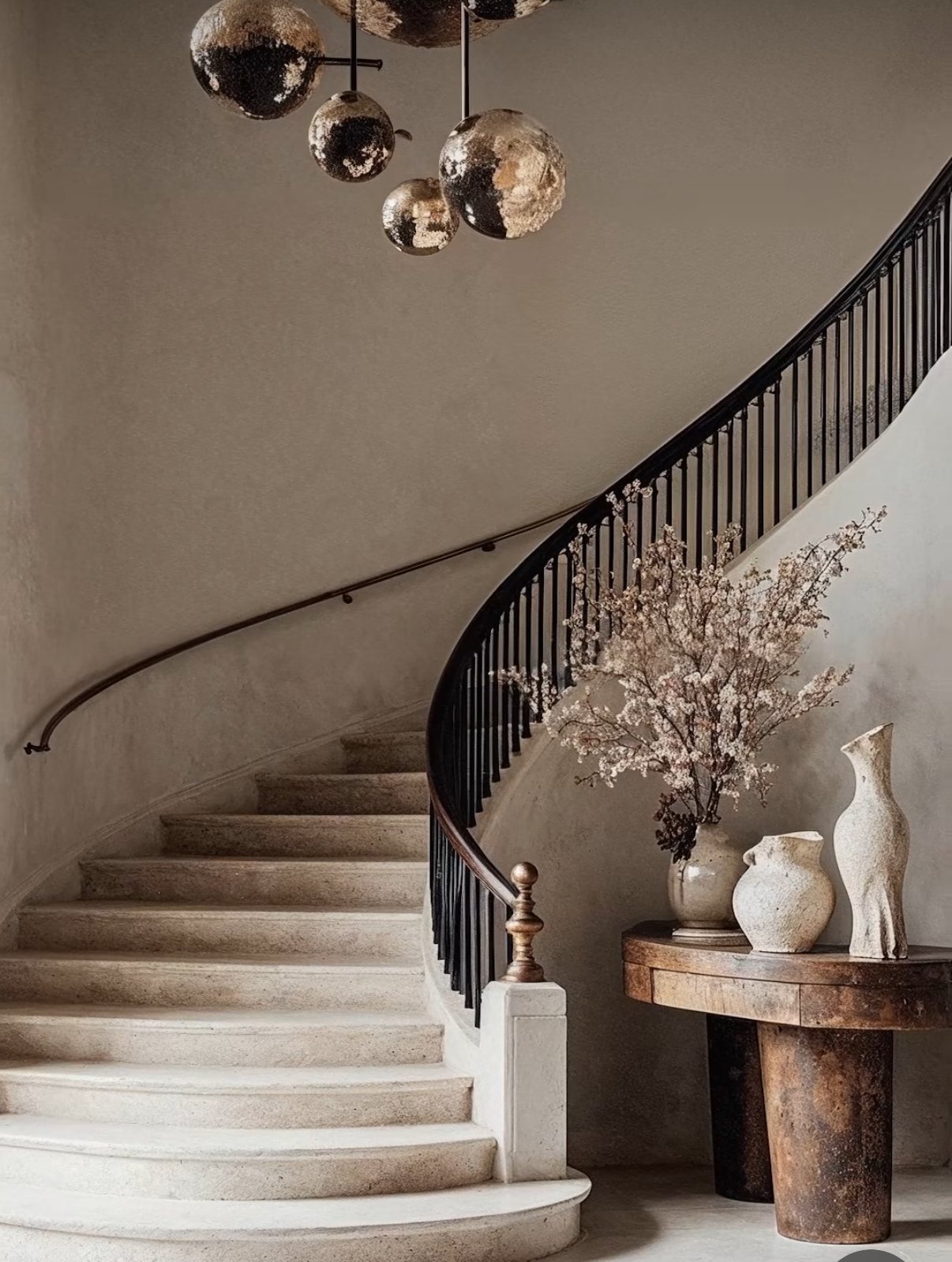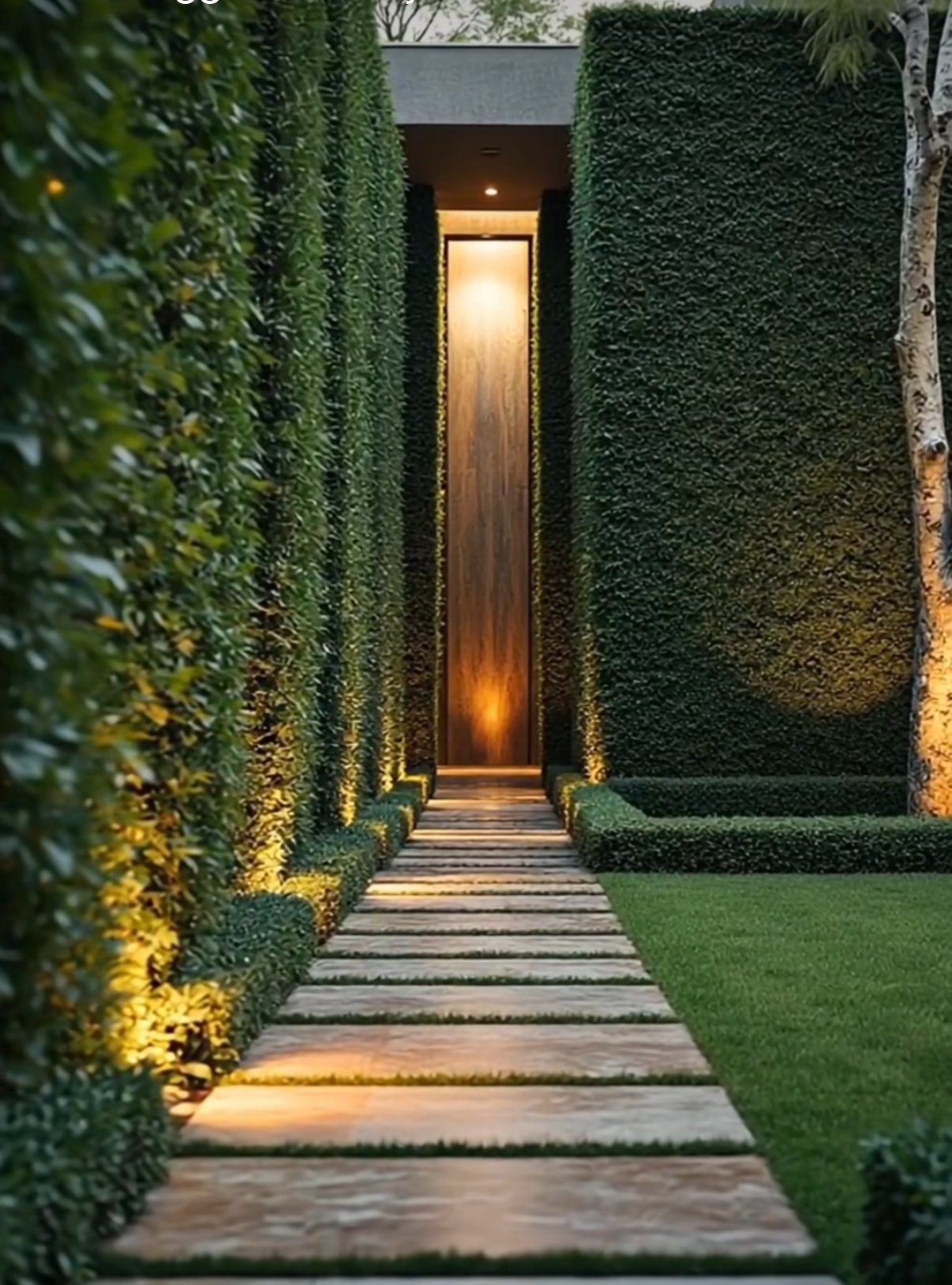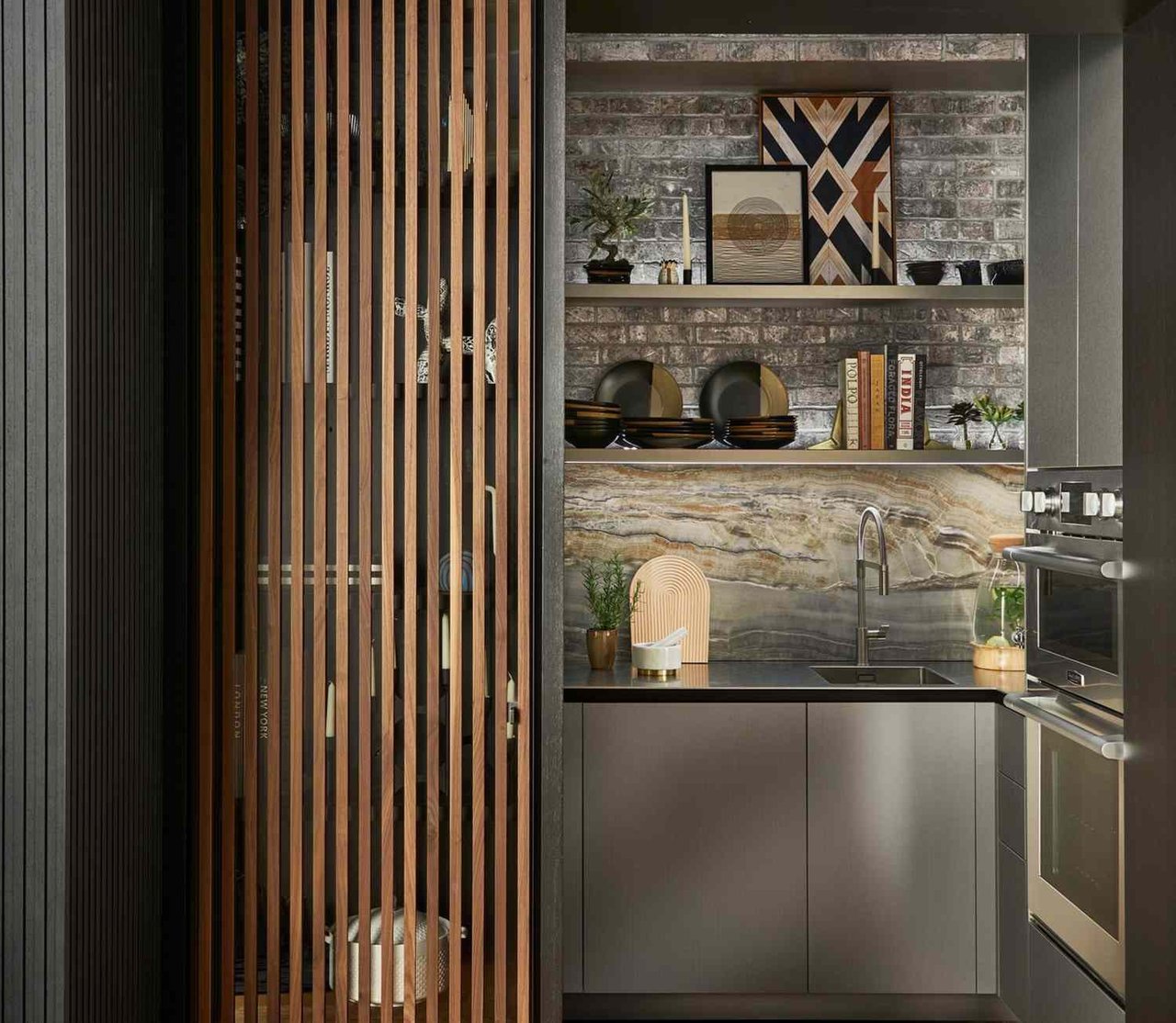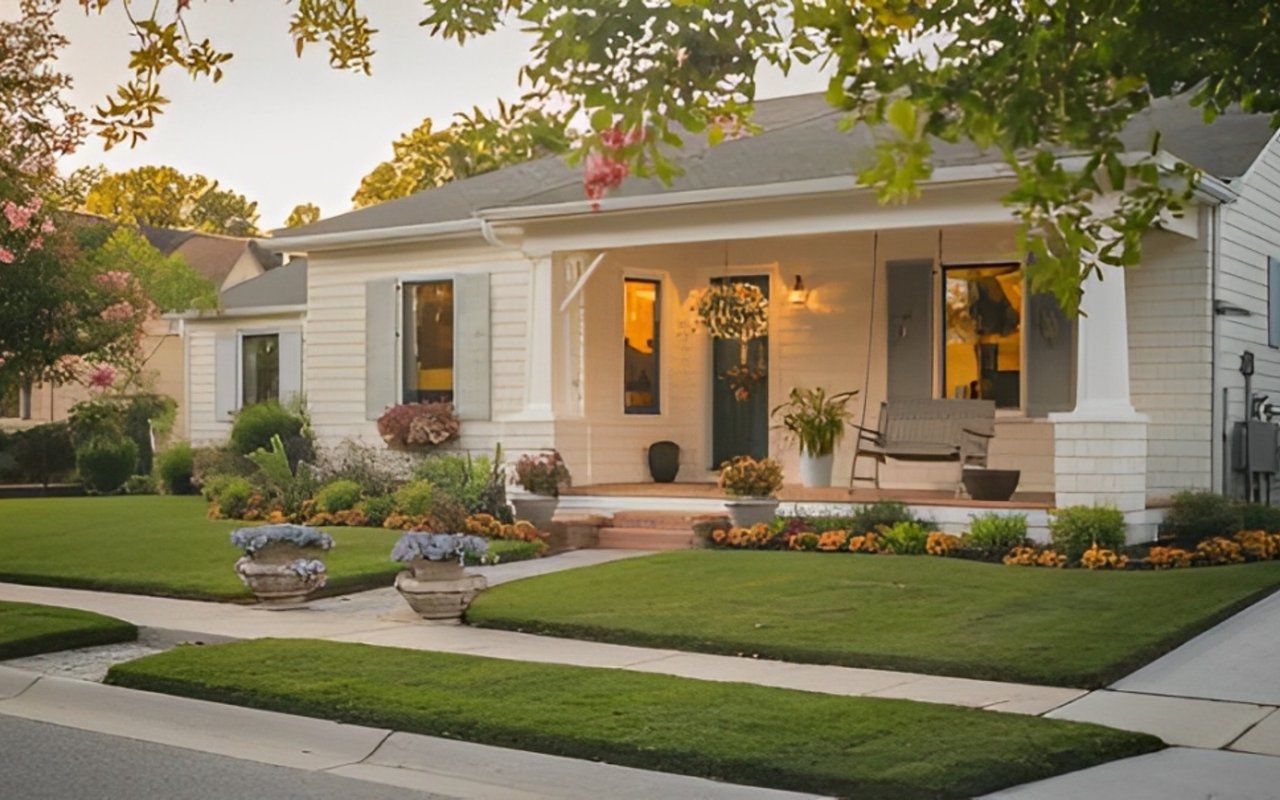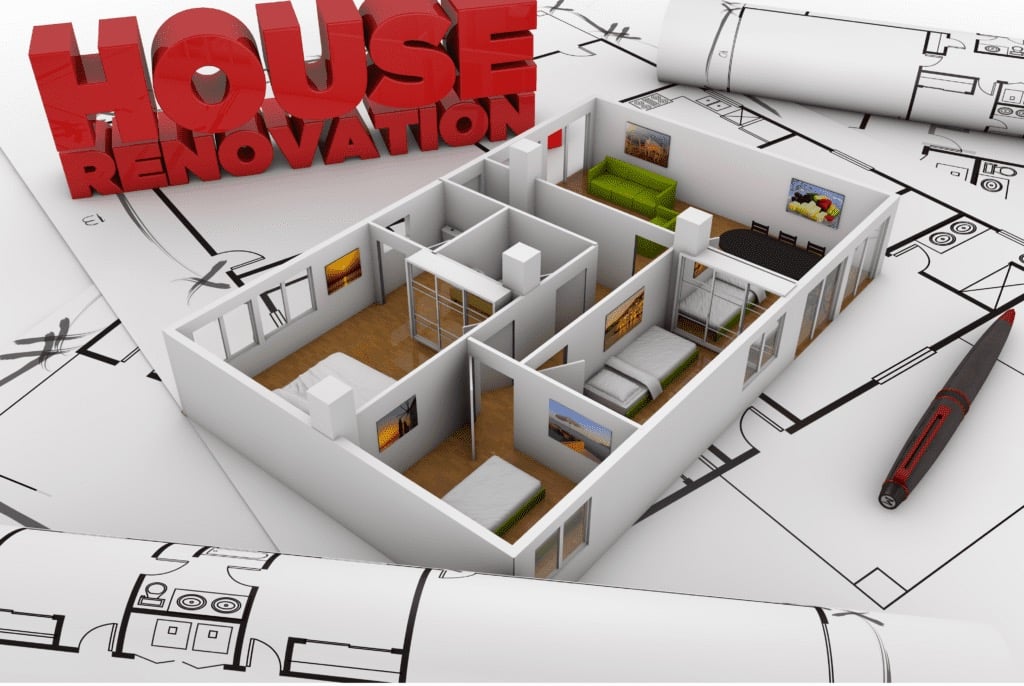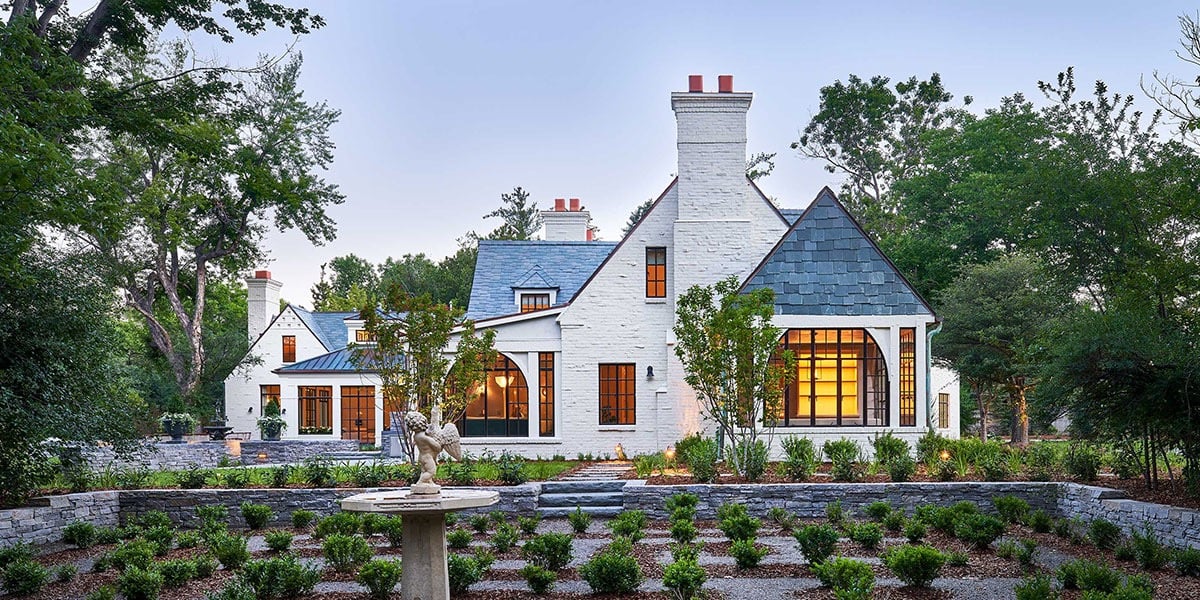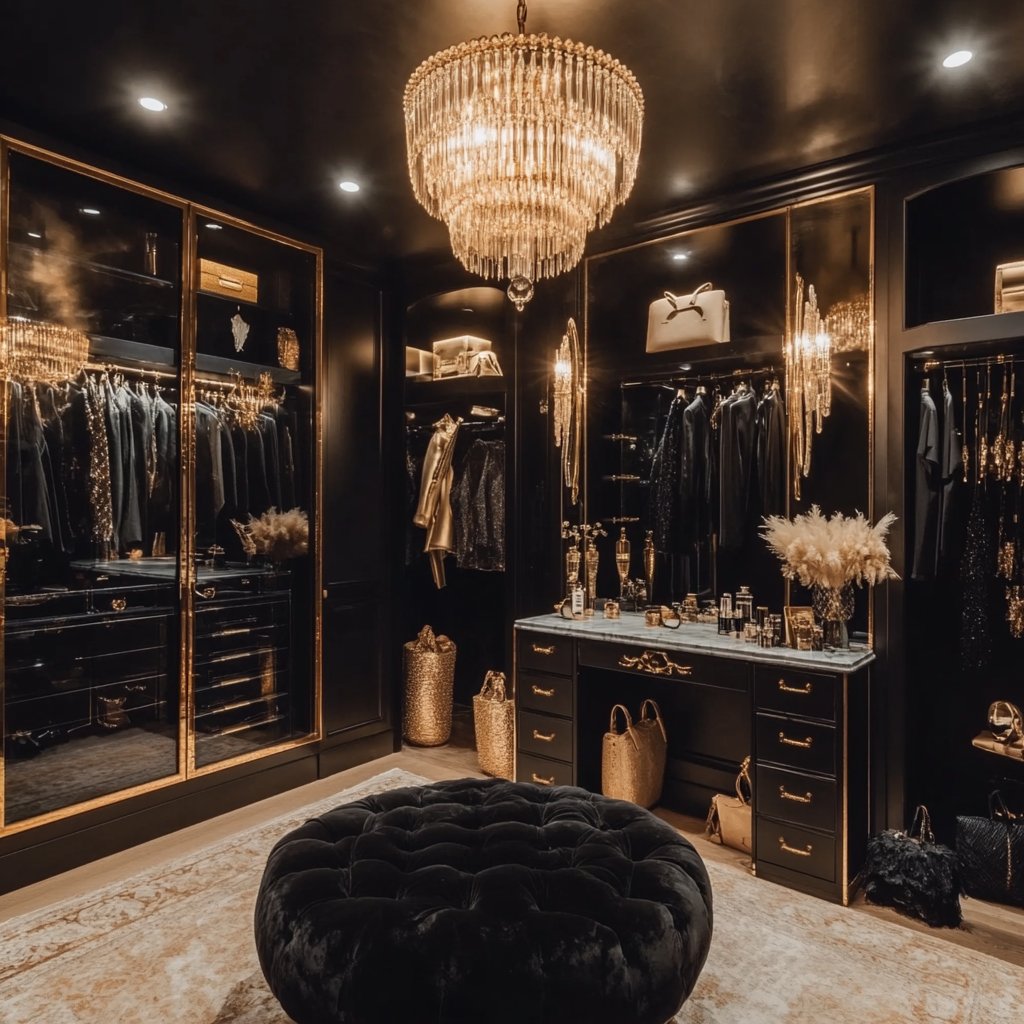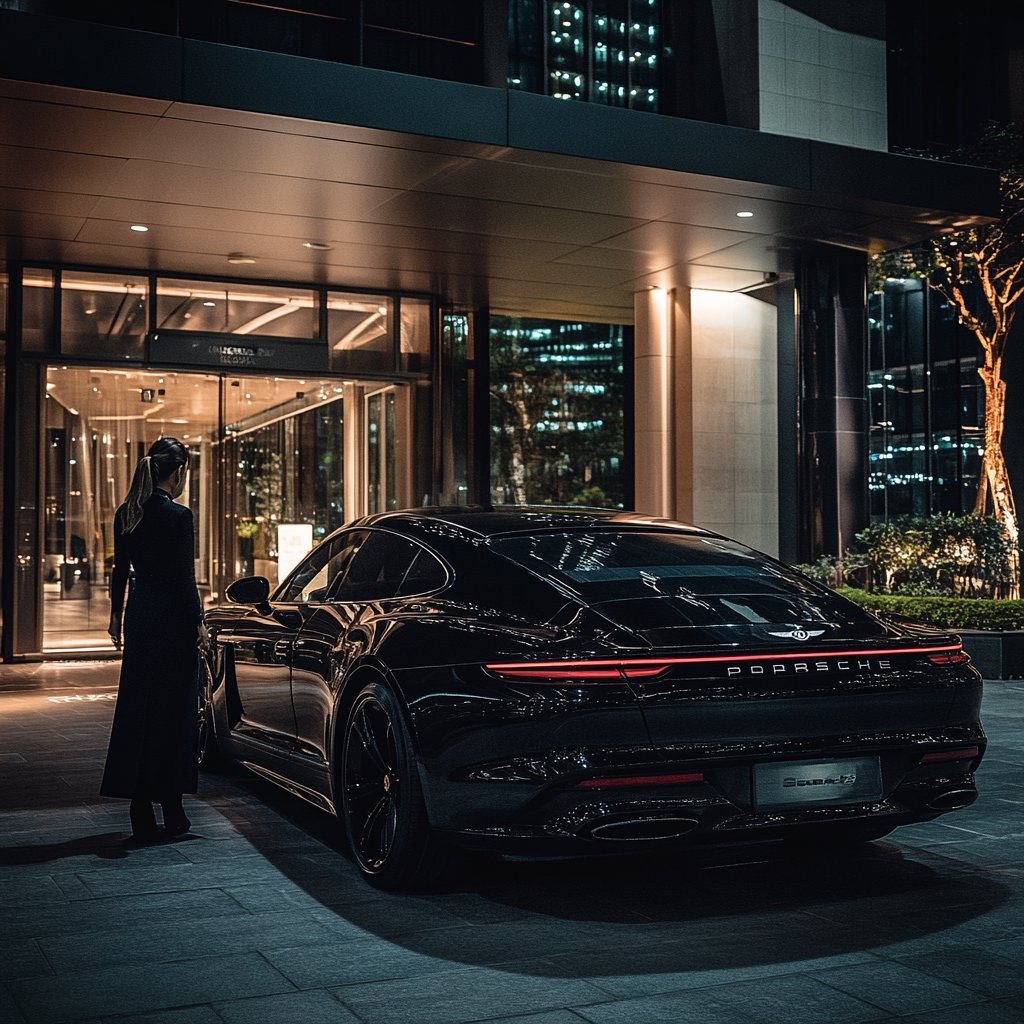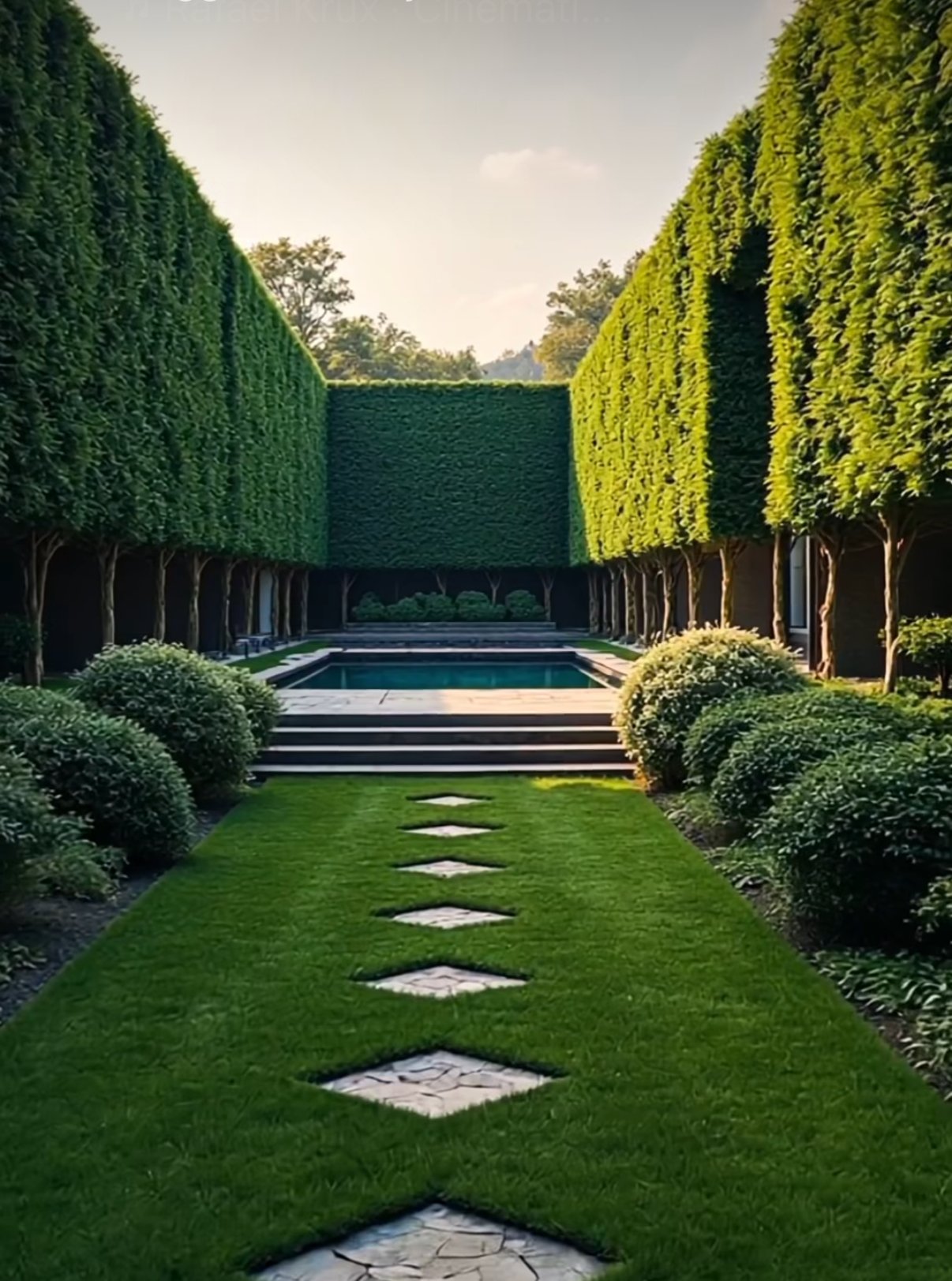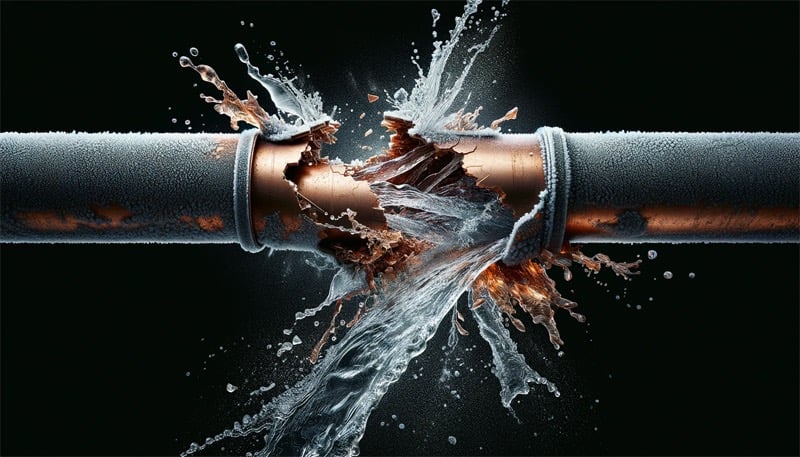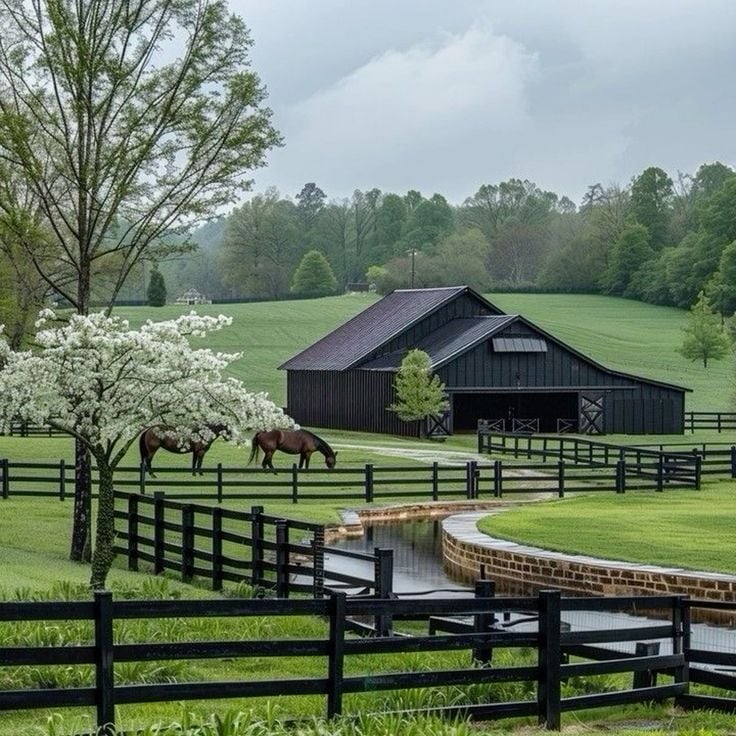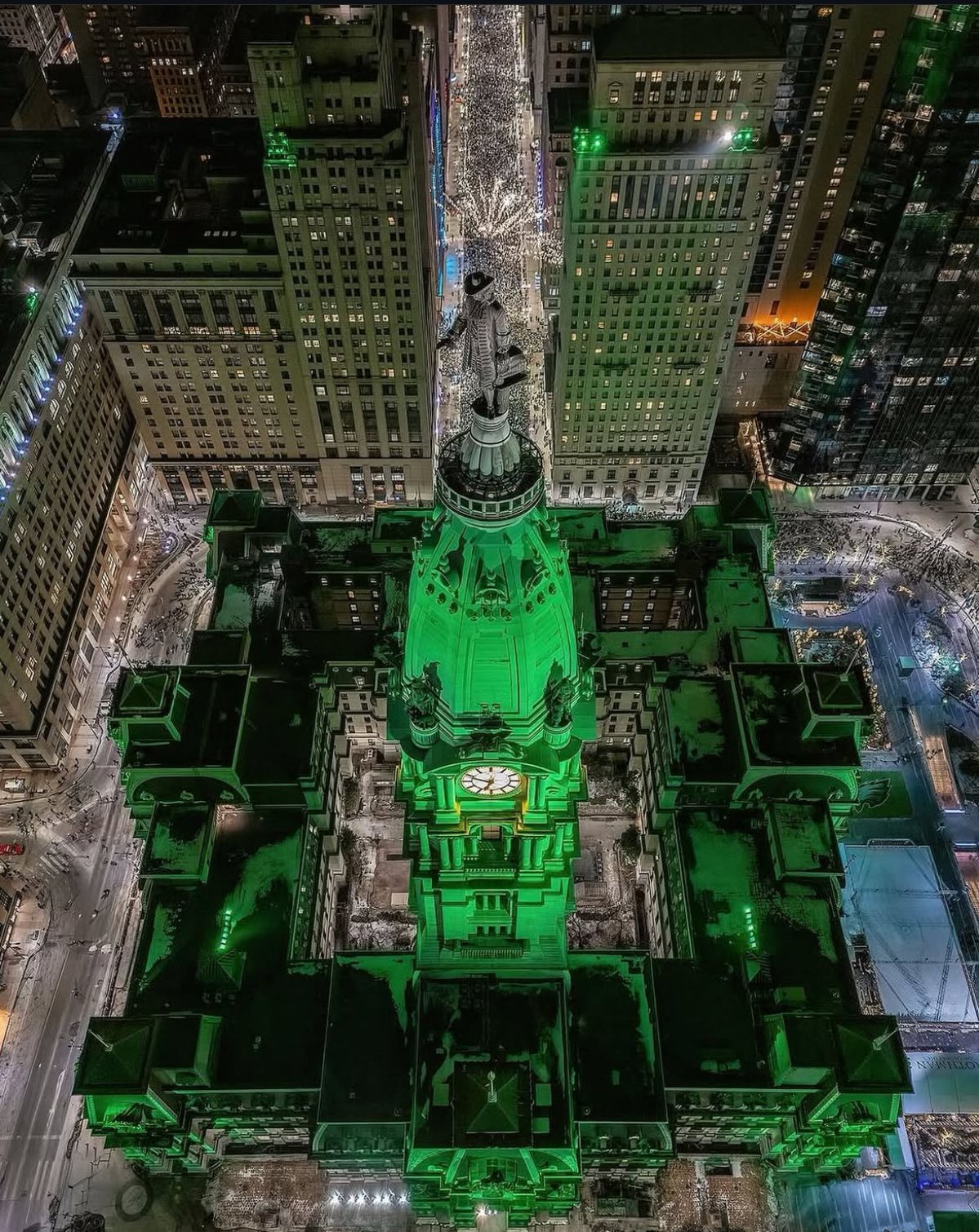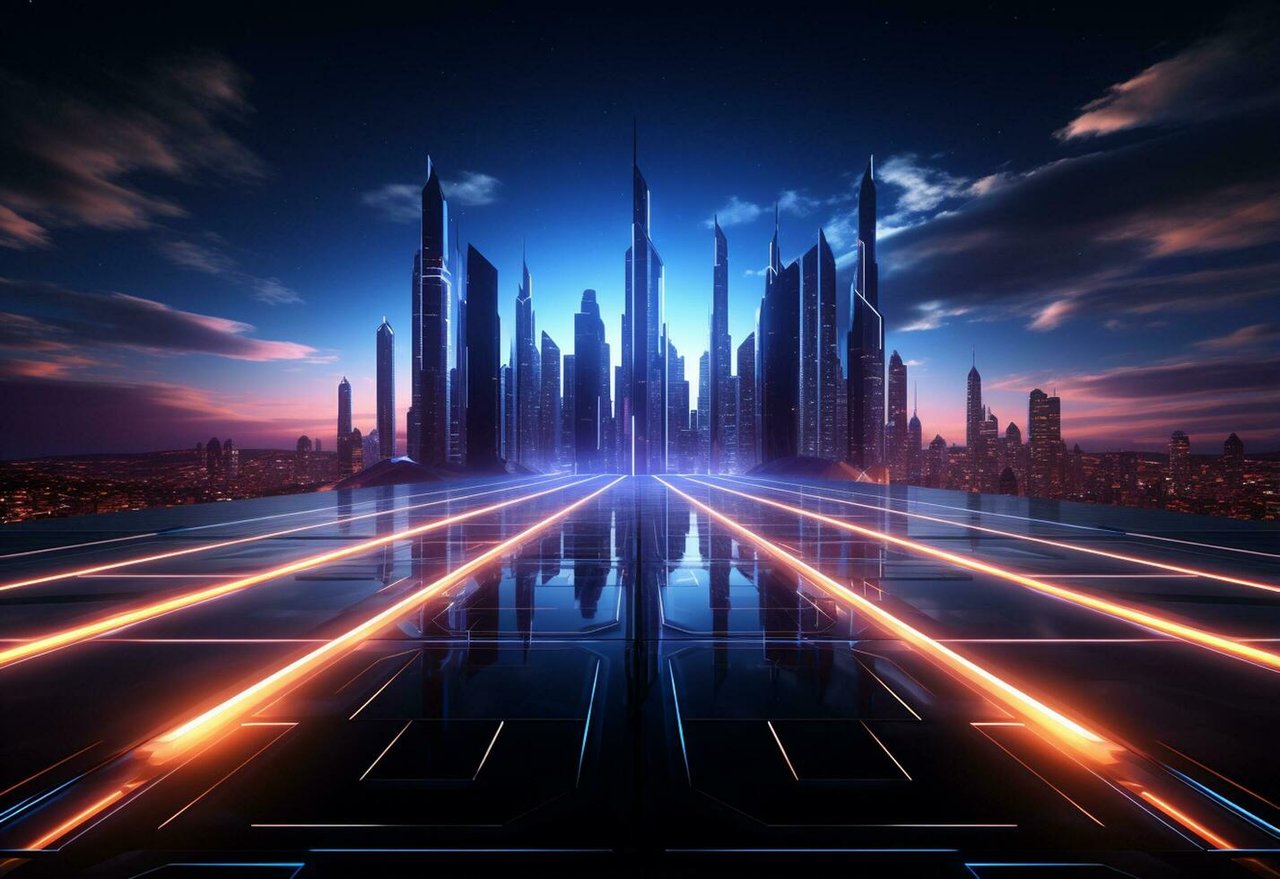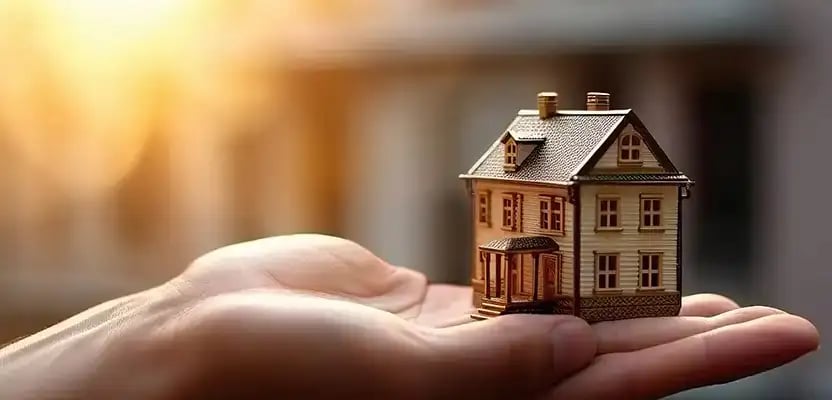Embracing Sustainability in Home Building: A Transformative Trend for the Future
In recent years, sustainability has transcended buzzword status to become a guiding principle across industries worldwide. Nowhere is this shift more evident than in the home-building sector, where eco-conscious practices are shaping the homes of tomorrow. As global environmental awareness grows, homeowners are seeking more than just stylish, functional spaces—they want homes that contribute to a healthier planet. What was once considered a niche trend has now become a cornerstone of modern living: sustainable home building is no longer optional; it’s essential.
The driving force behind this movement is a collective recognition of the environmental cost associated with traditional construction methods. Historically, home building has relied heavily on resource-intensive materials and processes that contribute to deforestation, landfill overflow, and rising greenhouse gas emissions. In response, builders, developers, and homeowners alike are reimagining their approach—prioritizing eco-friendly materials, energy-efficient designs, and innovative green technologies to reduce environmental impact while enhancing comfort and efficiency.
Sustainable home building encompasses a wide spectrum of practices designed to minimize a property’s ecological footprint while optimizing the health and well-being of its occupants. These practices include the use of renewable and locally sourced materials, energy-efficient designs, water-saving systems, and the integration of advanced green technologies. Each of these elements works together to create homes that are as kind to the environment as they are luxurious and functional.
The choice of materials plays a fundamental role in sustainable construction. Homeowners are increasingly turning to bamboo, reclaimed wood, recycled metal, and cork—all of which are renewable, durable, and visually captivating. Beyond their environmental benefits, these materials add a distinctive character to interiors, merging modern design sensibilities with organic textures. Locally sourced materials further reduce the carbon footprint by cutting transportation emissions while supporting regional economies.
Energy efficiency sits at the heart of sustainable home building. Smart design decisions, such as proper building orientation to maximize natural light, combined with high-performance insulation and double- or triple-pane windows, dramatically reduce energy consumption. Solar panels, geothermal systems, and energy-efficient HVAC units offer homeowners long-term cost savings while decreasing dependence on non-renewable resources. The integration of smart home technology elevates this efficiency further. From programmable thermostats to entire energy management systems, these innovations empower homeowners to monitor, analyze, and adjust their energy usage in real-time—an effortless way to embrace sustainability.
As water scarcity becomes a more pressing global concern, the emphasis on water-saving technologies in residential construction has intensified. Sustainable homes frequently incorporate features such as low-flow faucets, showers, and toilets, along with rainwater harvesting systems for irrigation and non-potable water use. Drought-tolerant landscaping has also become popular, reducing outdoor water consumption while maintaining an aesthetically pleasing environment. These innovations don’t just benefit the environment—they result in significant savings on water bills over time.
Sustainability isn’t solely about protecting the environment; it’s also about enhancing well-being. Sustainable homes are often constructed with low-VOC (volatile organic compound) paints, adhesives, and materials that improve indoor air quality. Features like advanced ventilation systems and the use of natural fibers help maintain a cleaner, healthier atmosphere—particularly beneficial for individuals with allergies or respiratory sensitivities.
The surge in interest surrounding sustainable home building is driven by a diverse mix of factors. Consumer demand for eco-friendly living spaces has increased dramatically in the last decade, with homeowners looking to make choices that align with their environmental values. Government incentives and regulations promoting green practices have also played a significant role in this shift, as has the growing awareness of long-term cost savings associated with energy-efficient homes.
This heightened interest has prompted architects, developers, and builders to embrace innovative designs that blend modern aesthetics with environmental stewardship. As a result, eco-conscious homes are no longer limited to niche markets—they’re an integral part of mainstream real estate.
At B&B Luxury Properties, we recognize that sustainability and luxury are no longer mutually exclusive. As members of the Elite Sports Network, we take pride in offering homes that seamlessly merge eco-conscious design with sophisticated style. Whether you’re seeking a custom-built modern retreat with solar power and smart-home integration or a picturesque estate featuring natural materials and energy-efficient innovations, our team is here to help you turn your vision into reality.
We are particularly proud to have our listings featured in prominent publications, such as Forbes, where Ariva Dwell—one of our showcase properties—was recently highlighted for its innovative approach to sustainability. This recognition underscores our unwavering commitment to supporting environmentally friendly home design and construction.
The future of home building is here—and it’s greener, smarter, and more luxurious than ever before. Partner with B&B Luxury Properties to explore stunning, sustainable homes in Philadelphia, Bucks County, and beyond.
Let’s build a better world—one beautiful, eco-friendly home at a time.
Contact us today to schedule a consultation or property tour. Together, we’ll help you find a home that’s not only perfect for your lifestyle—but also for the planet.
View real estate listings:



